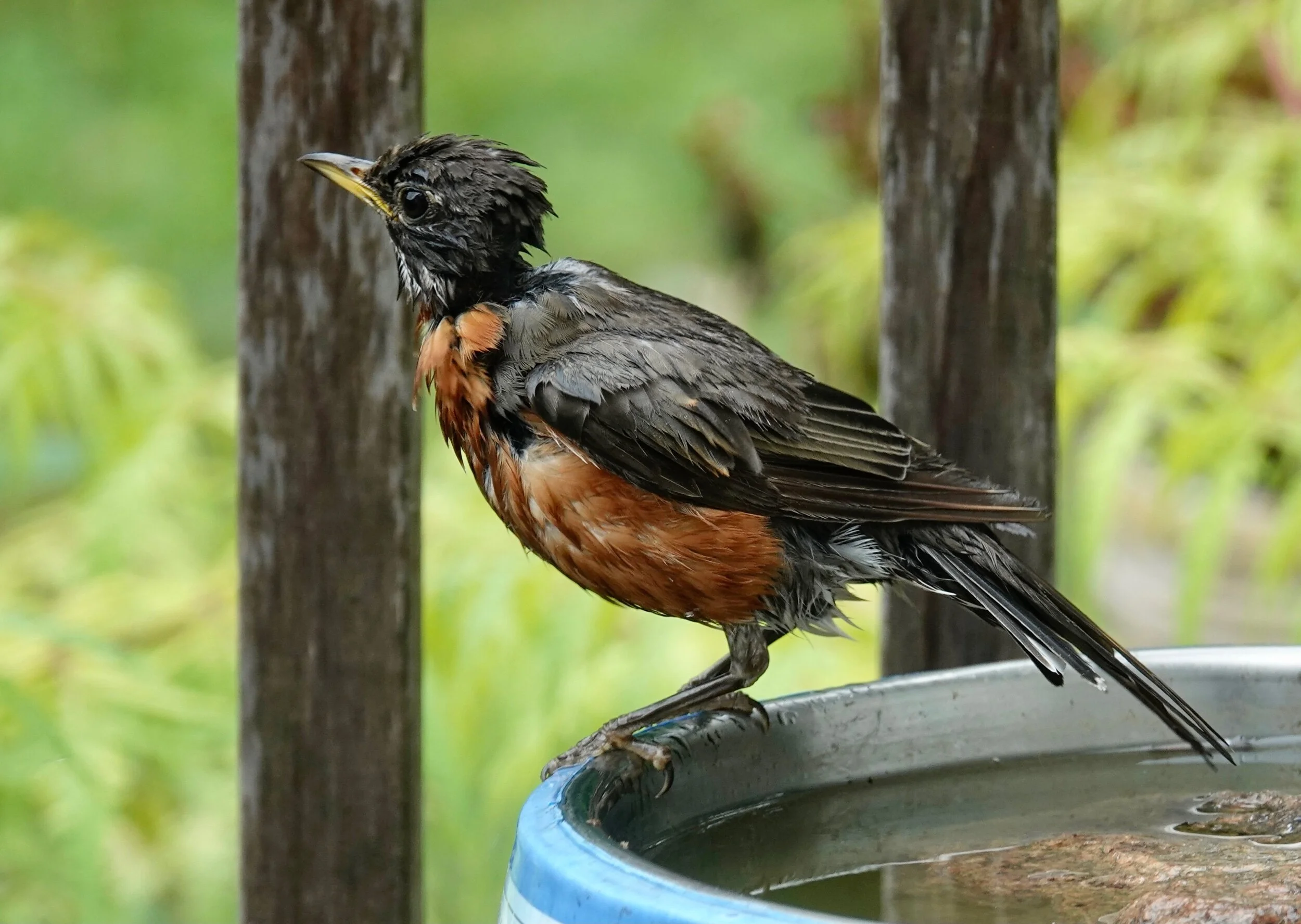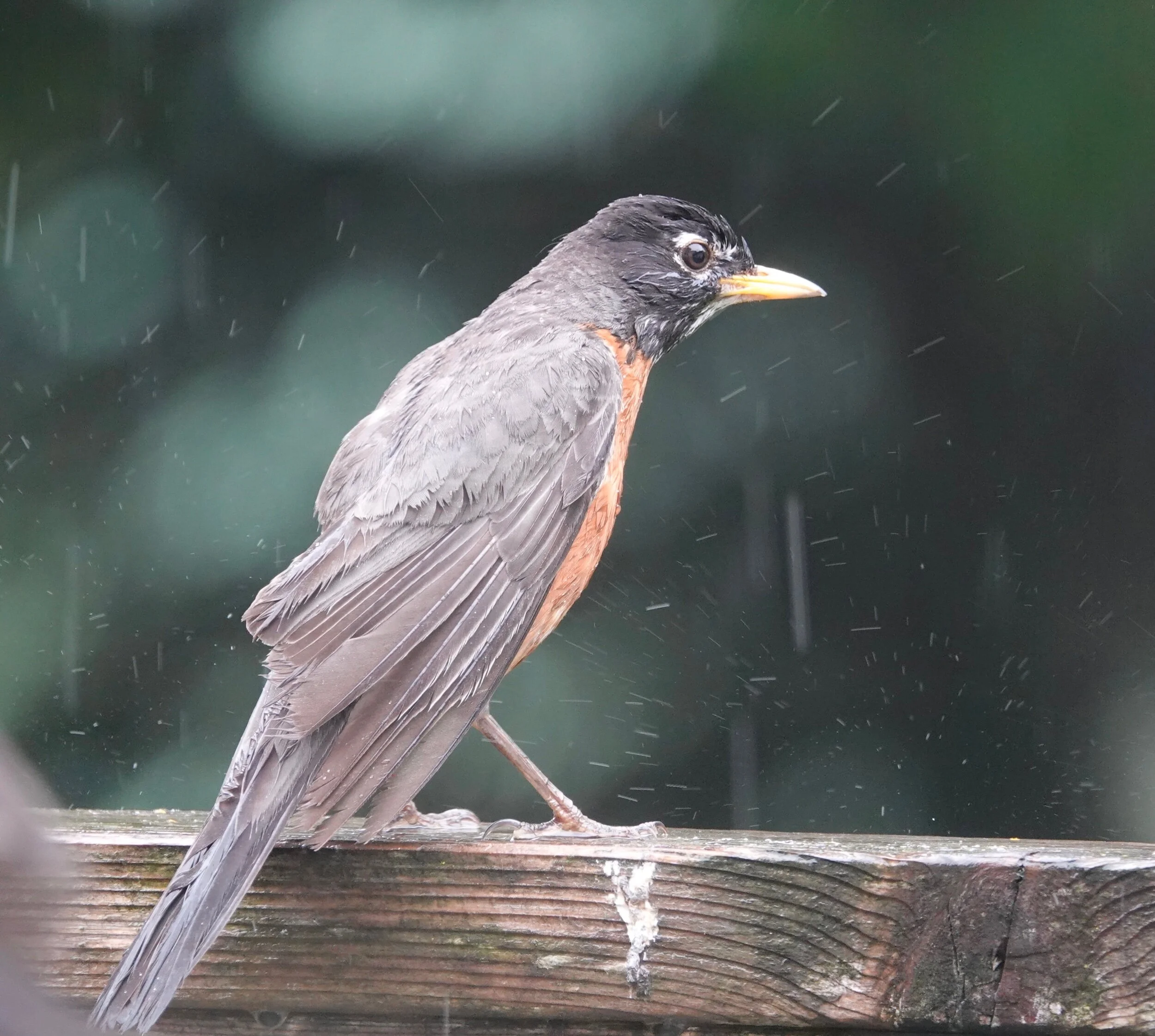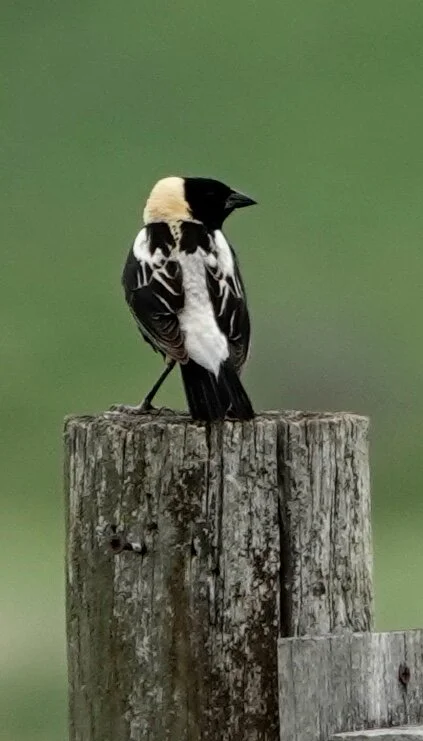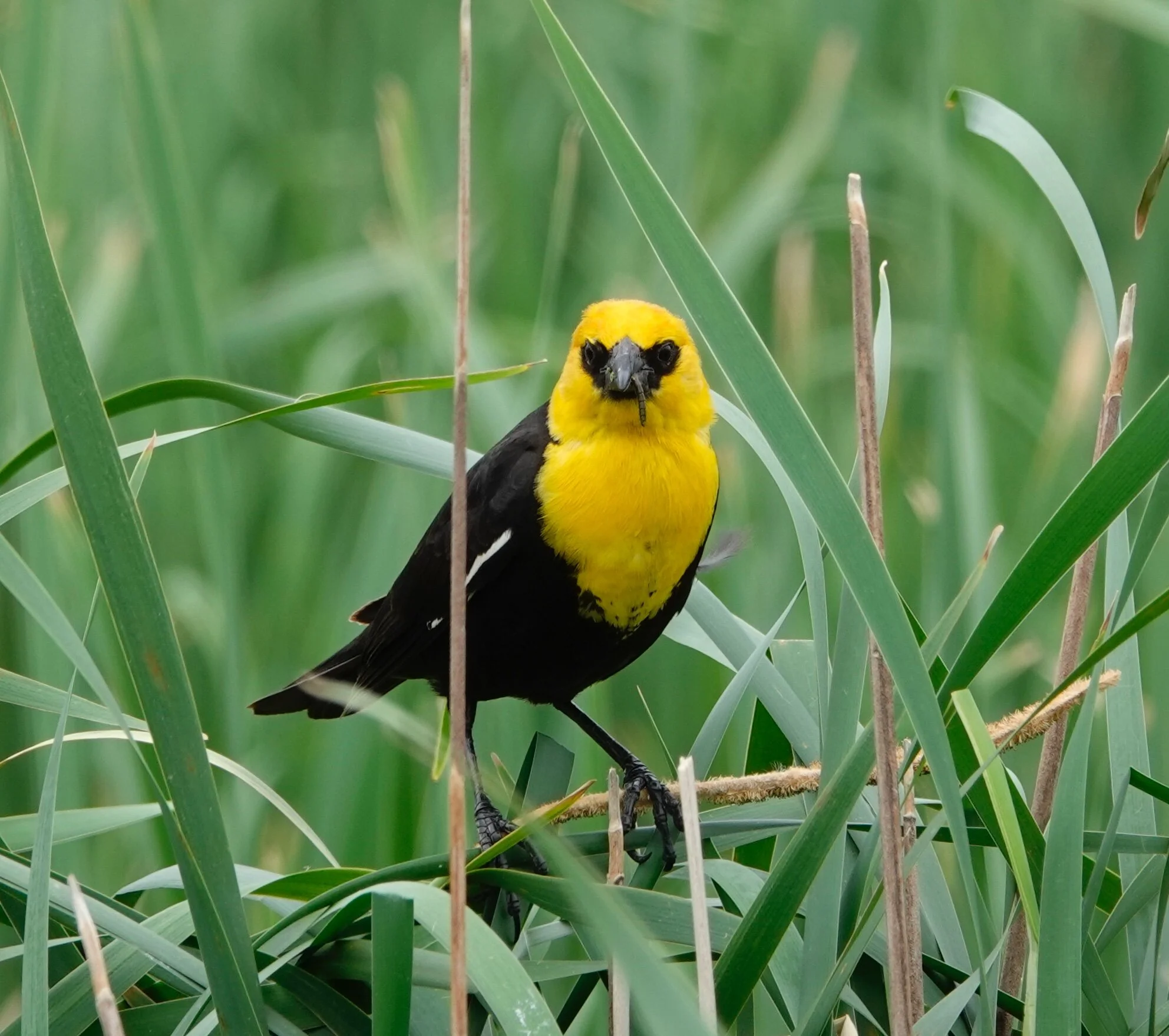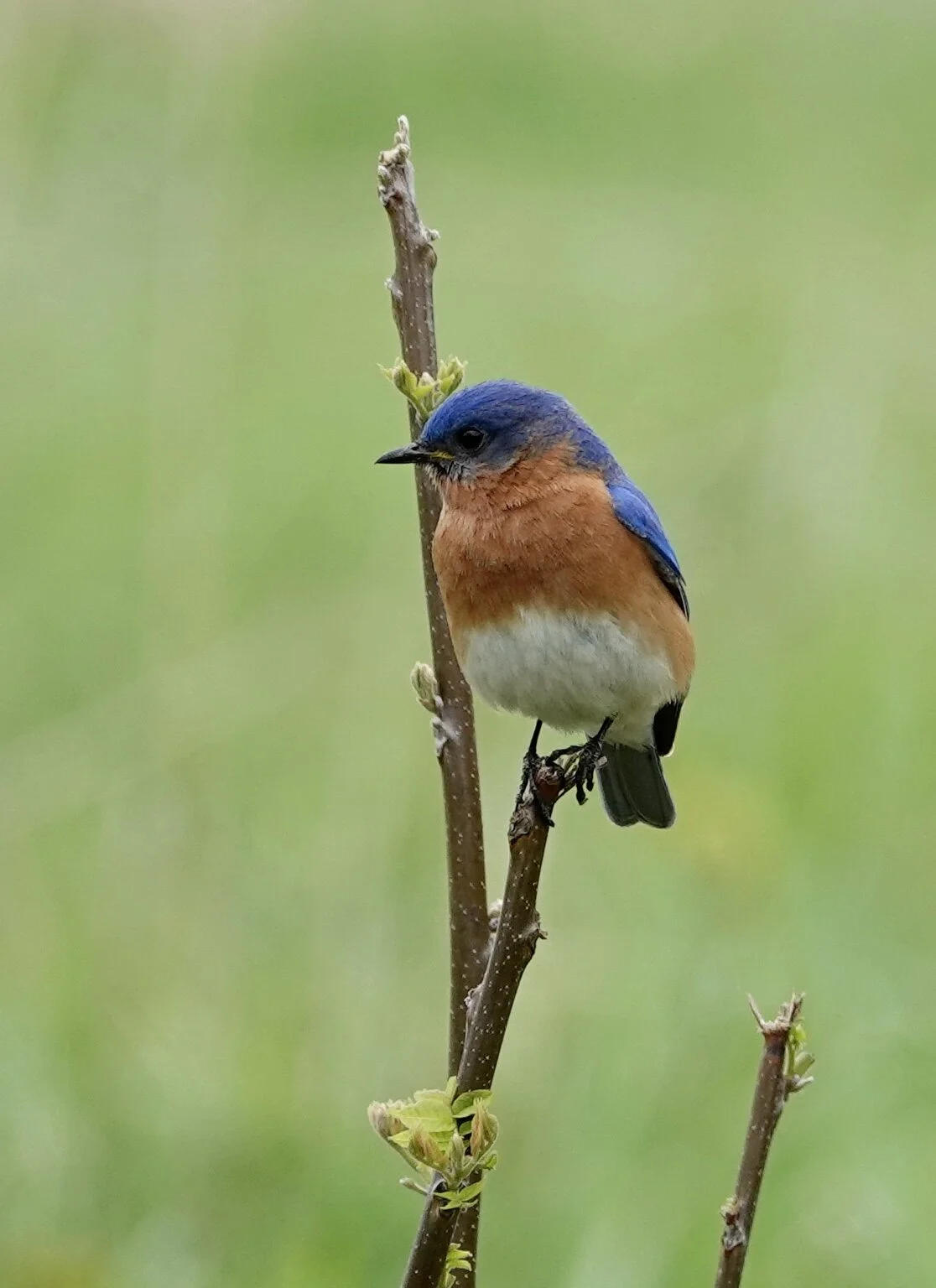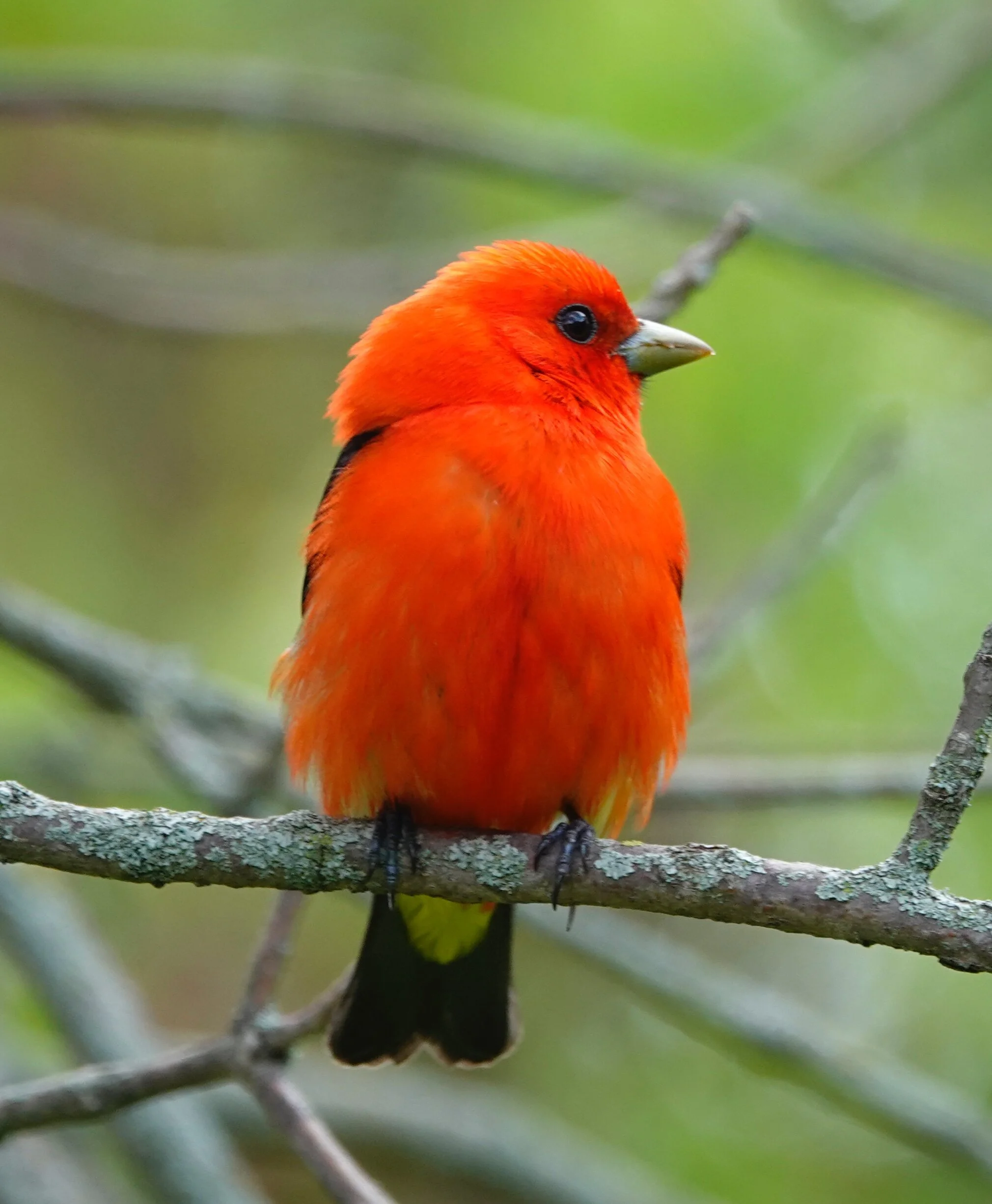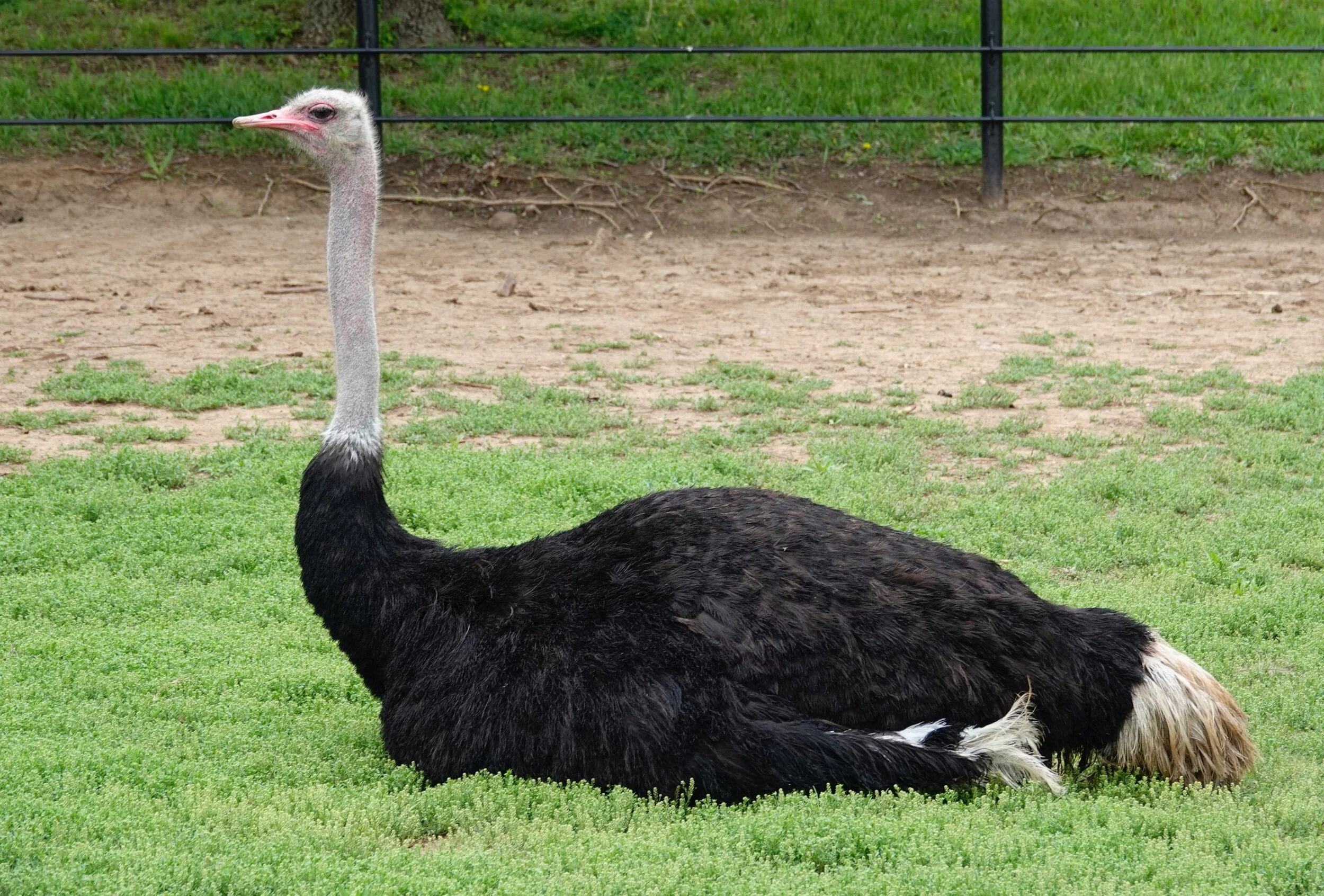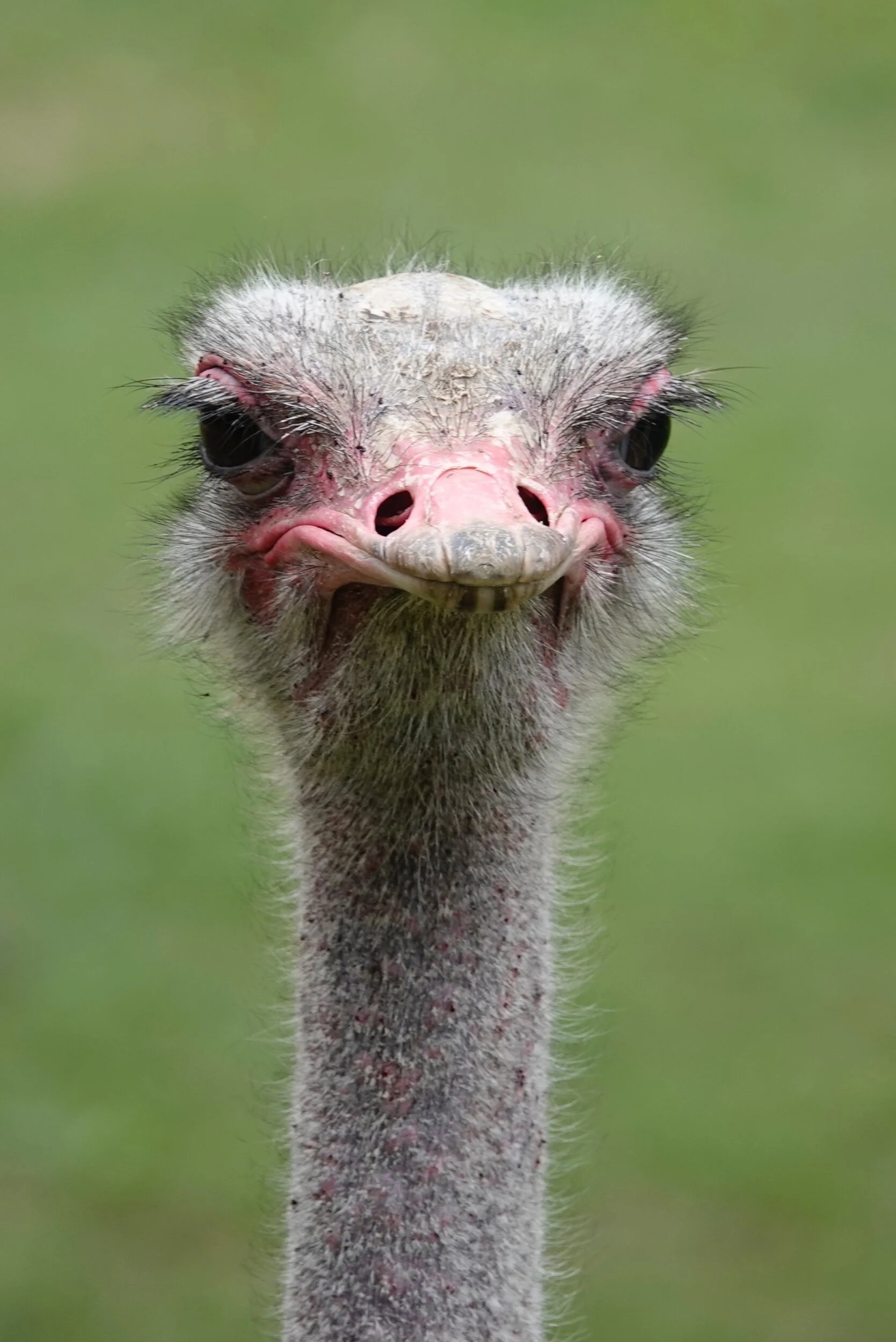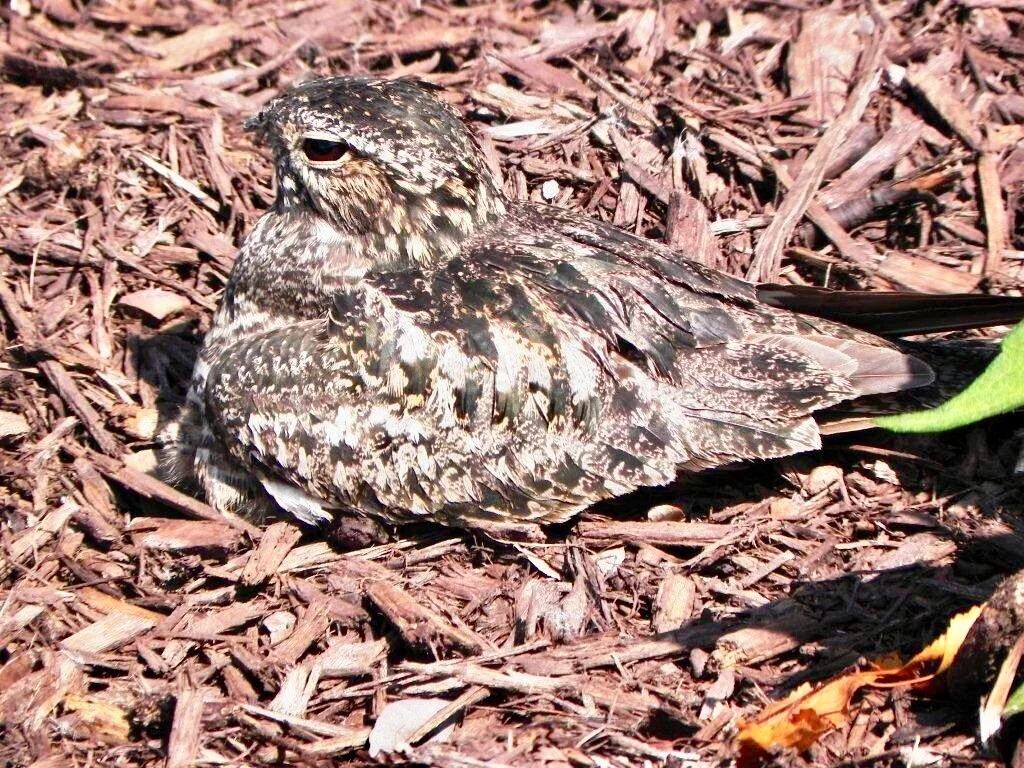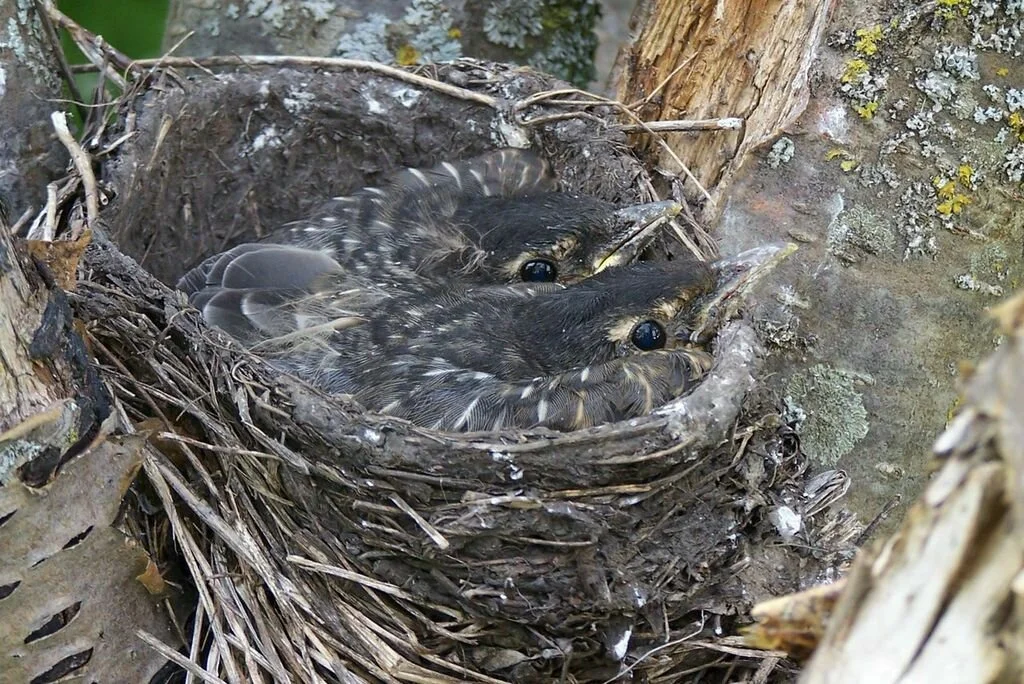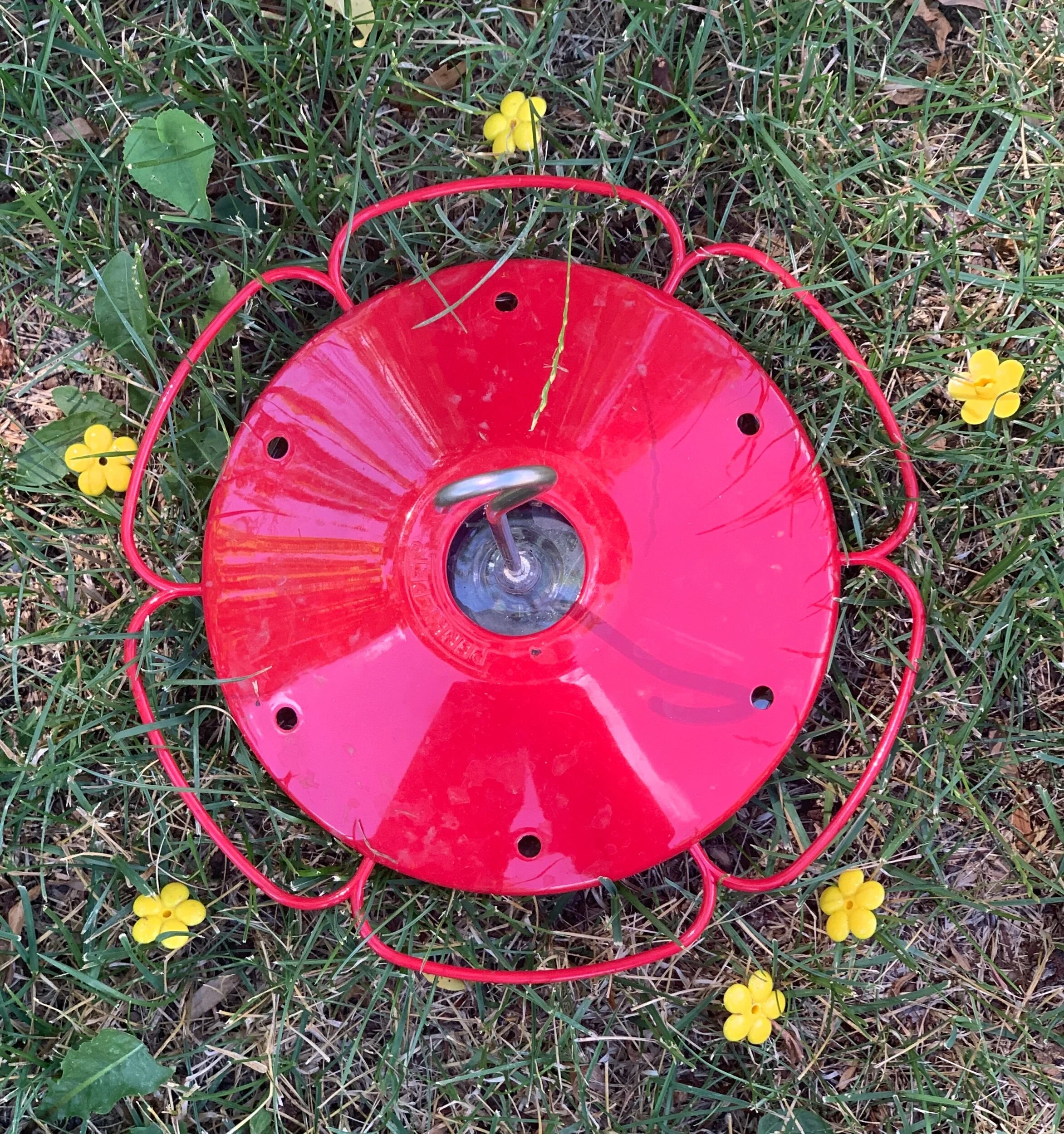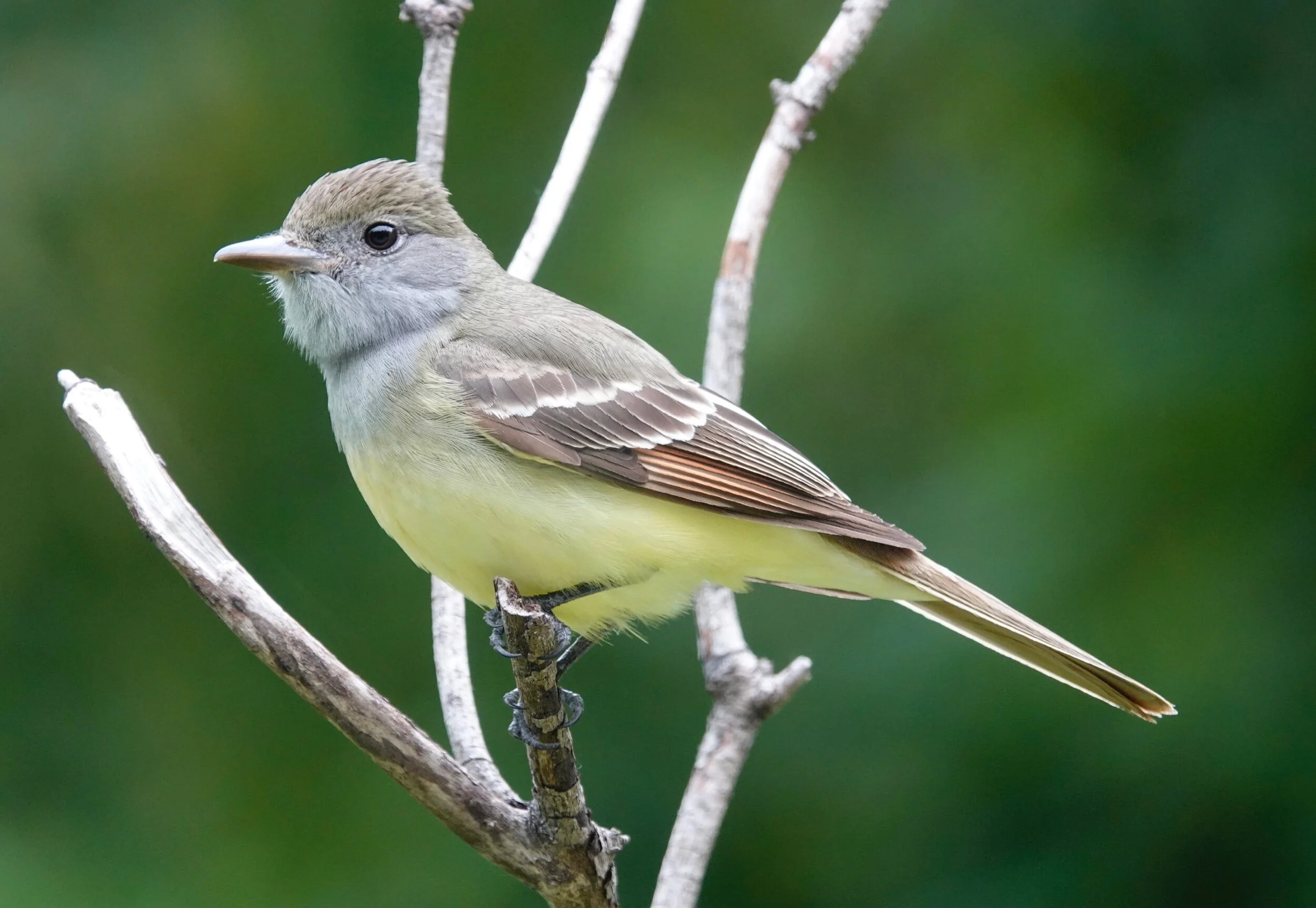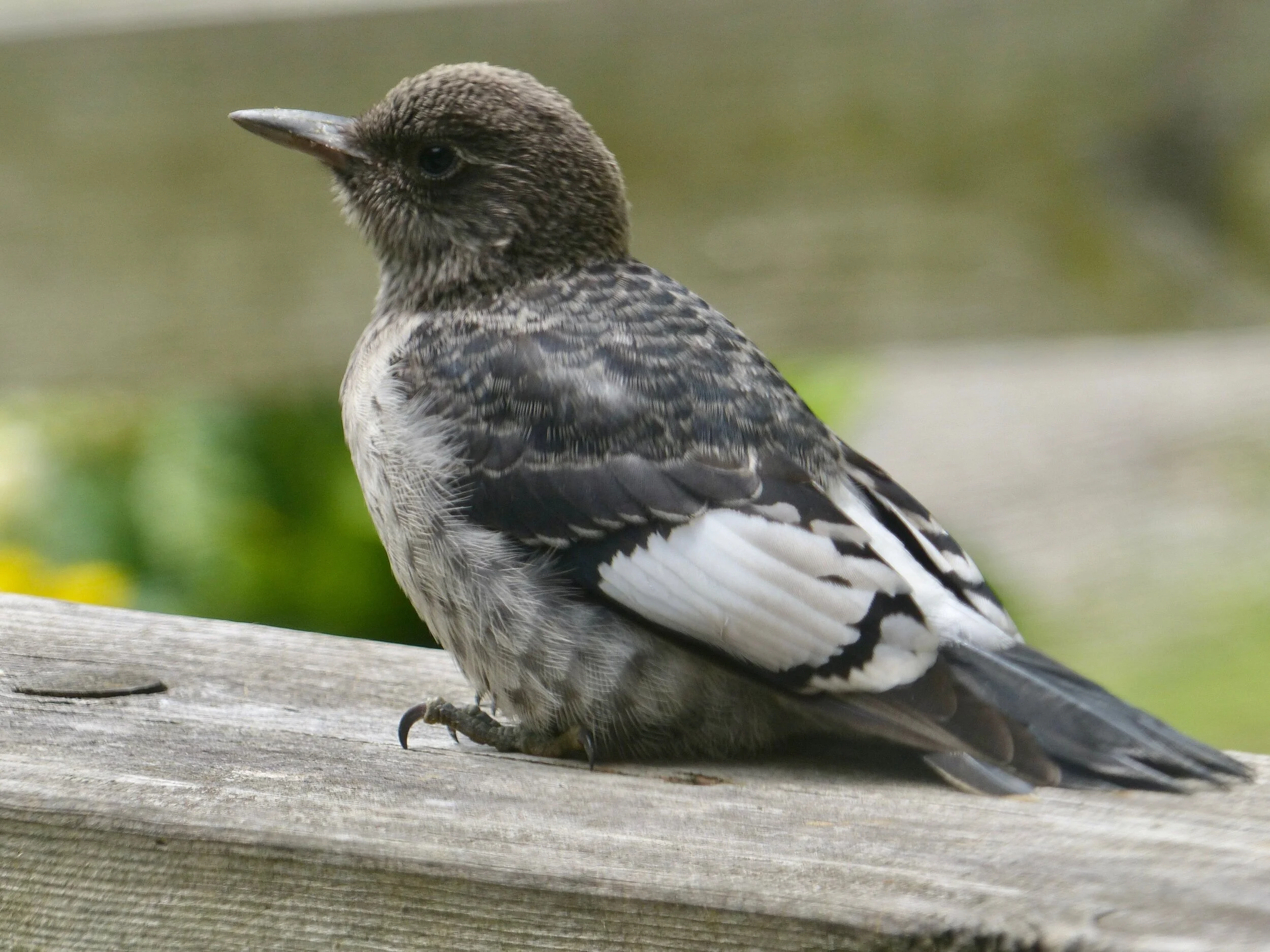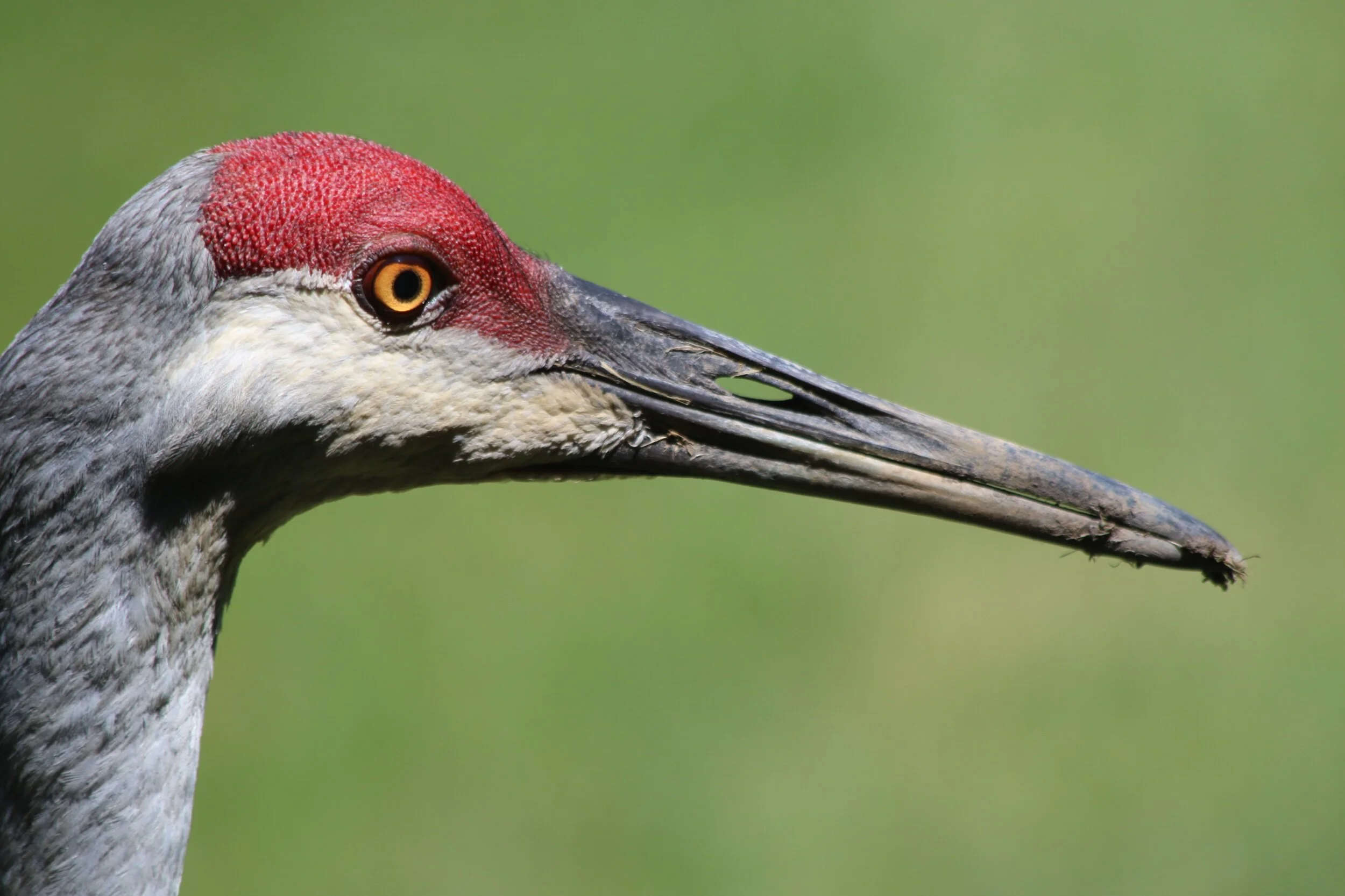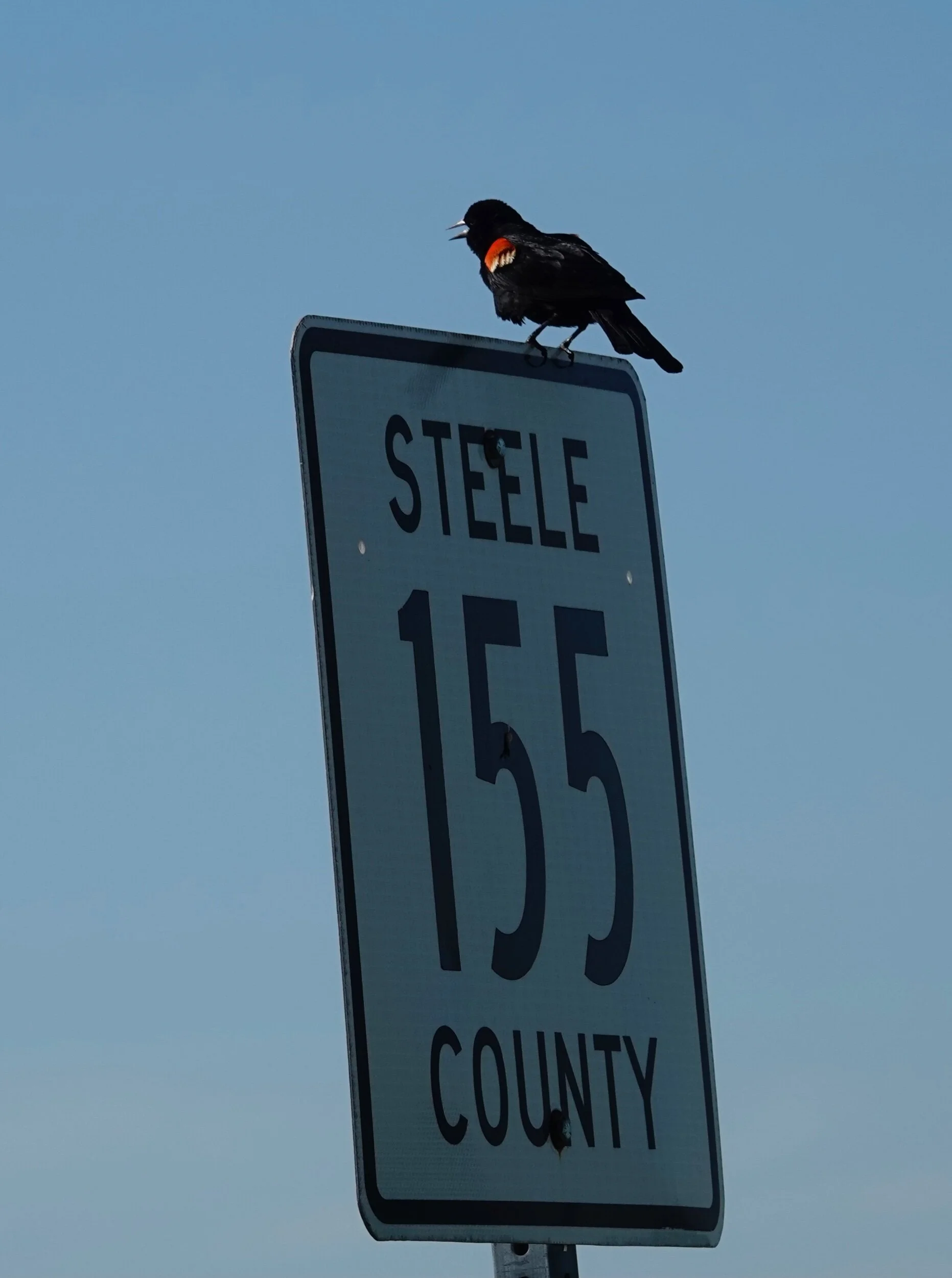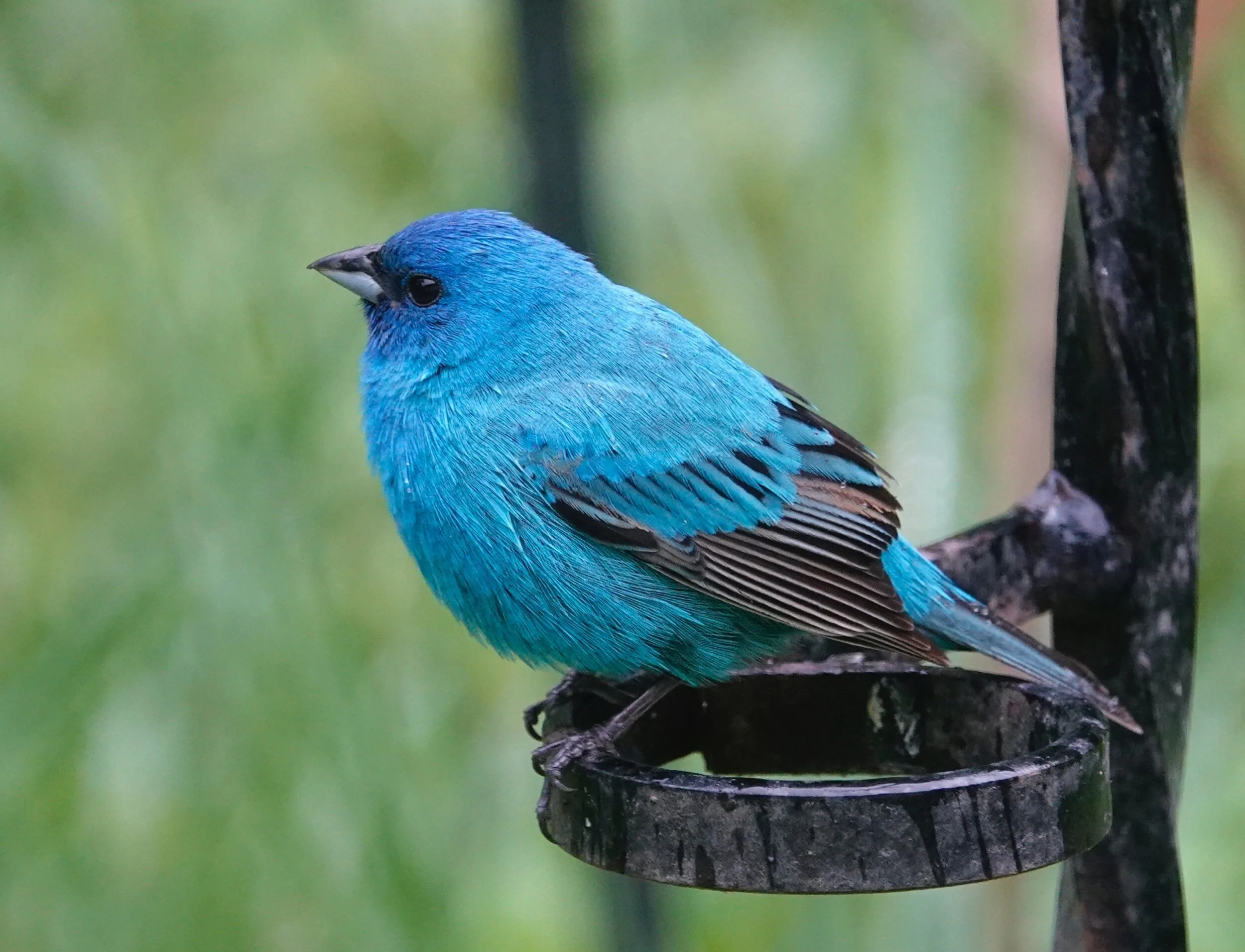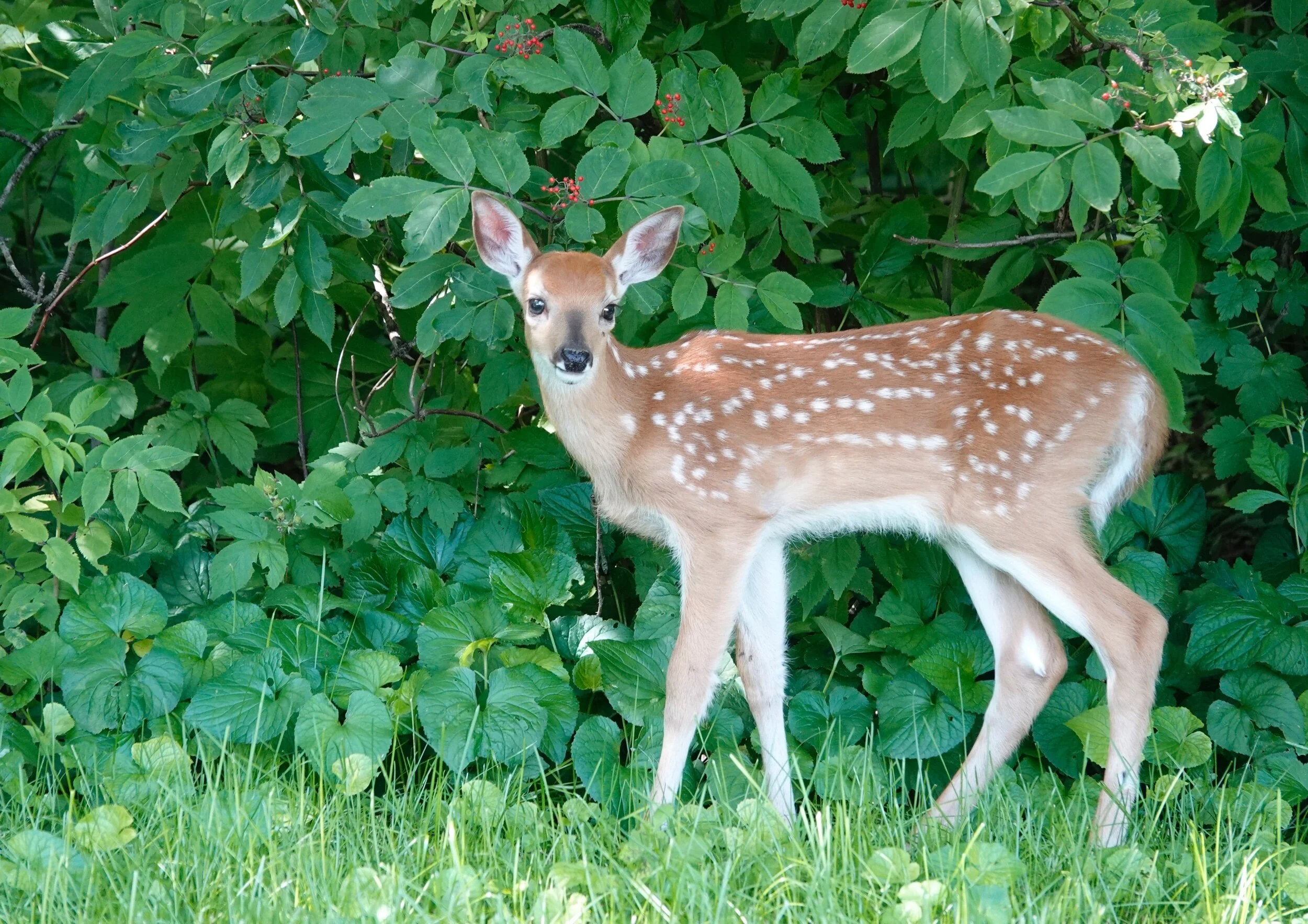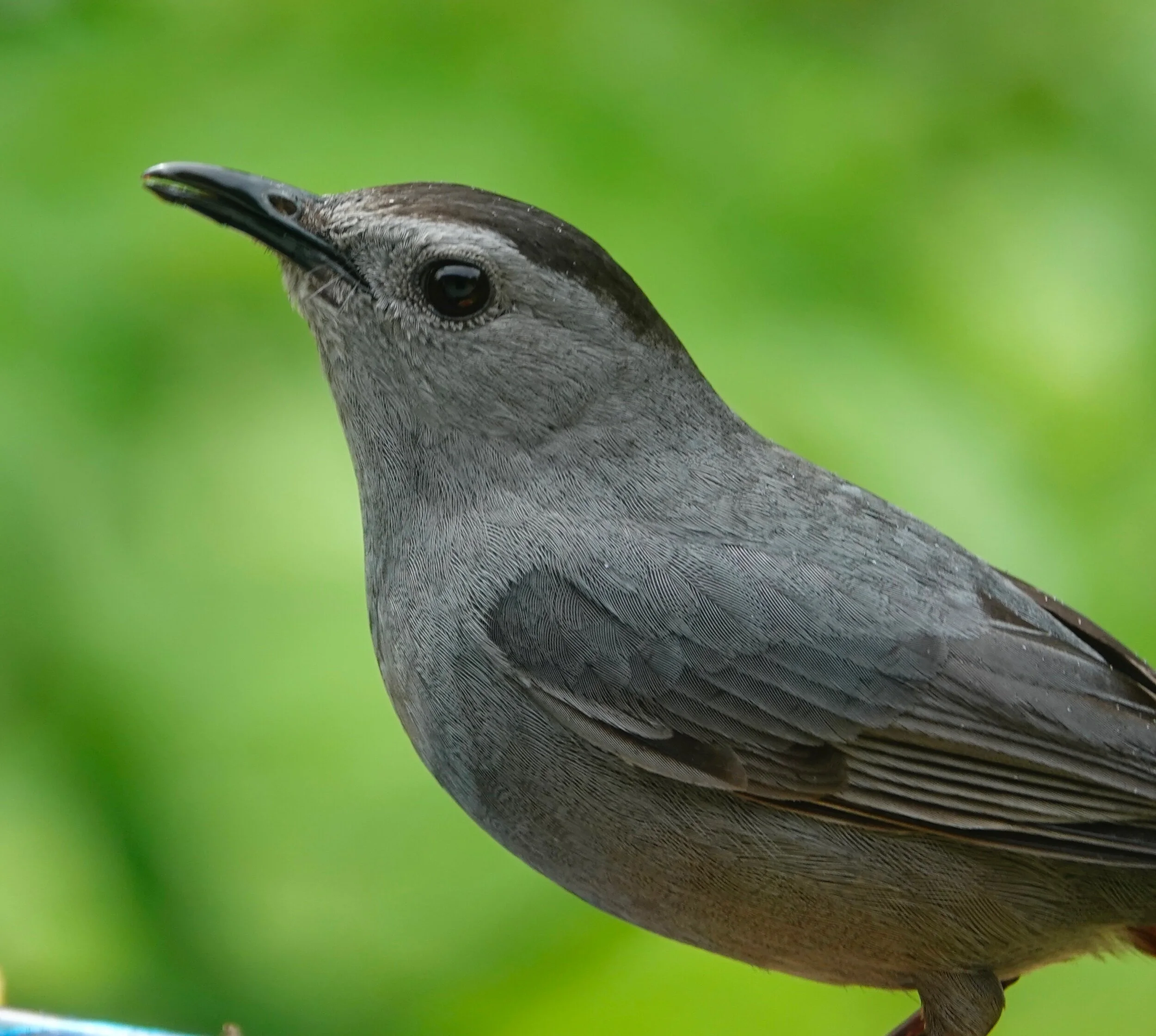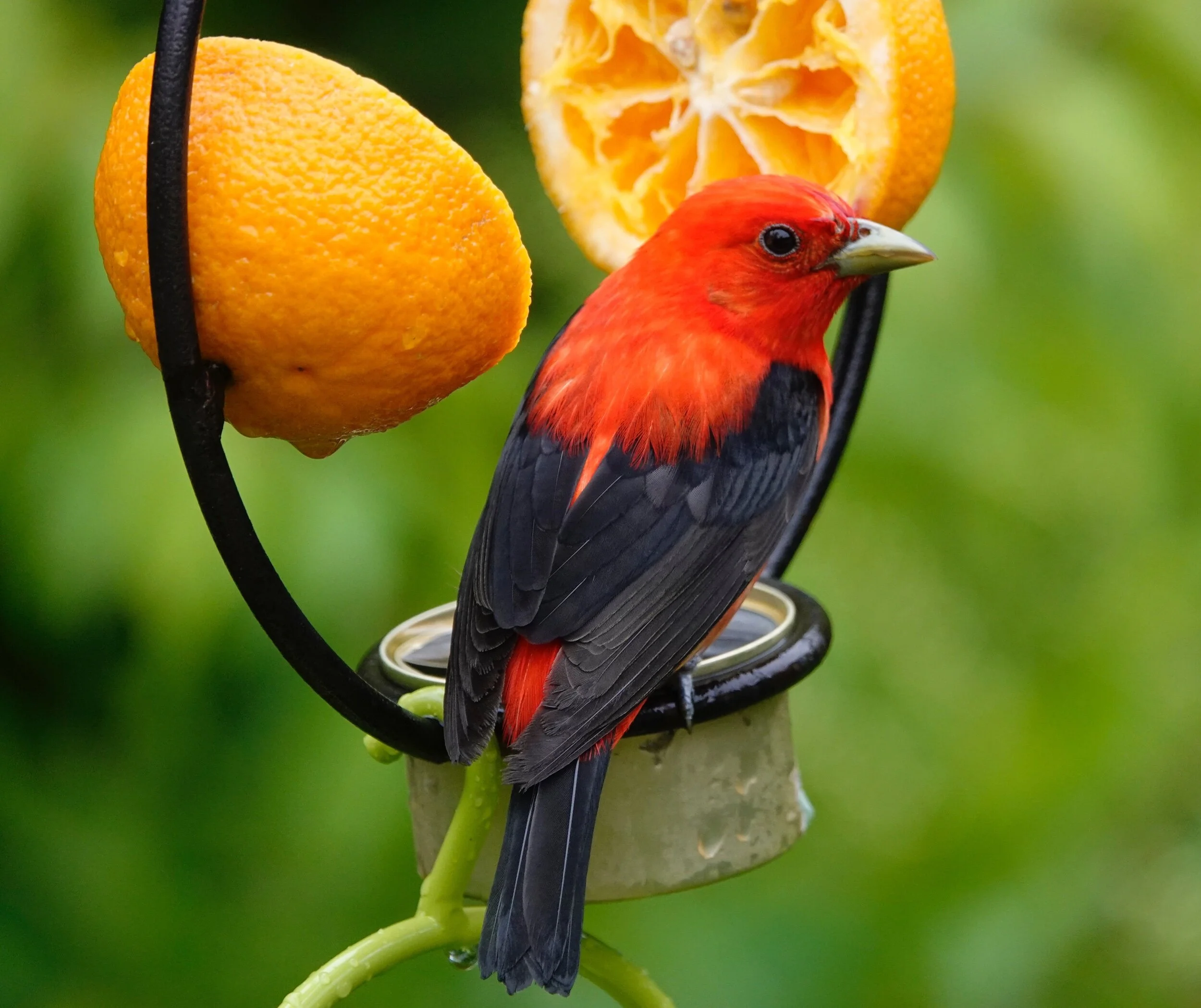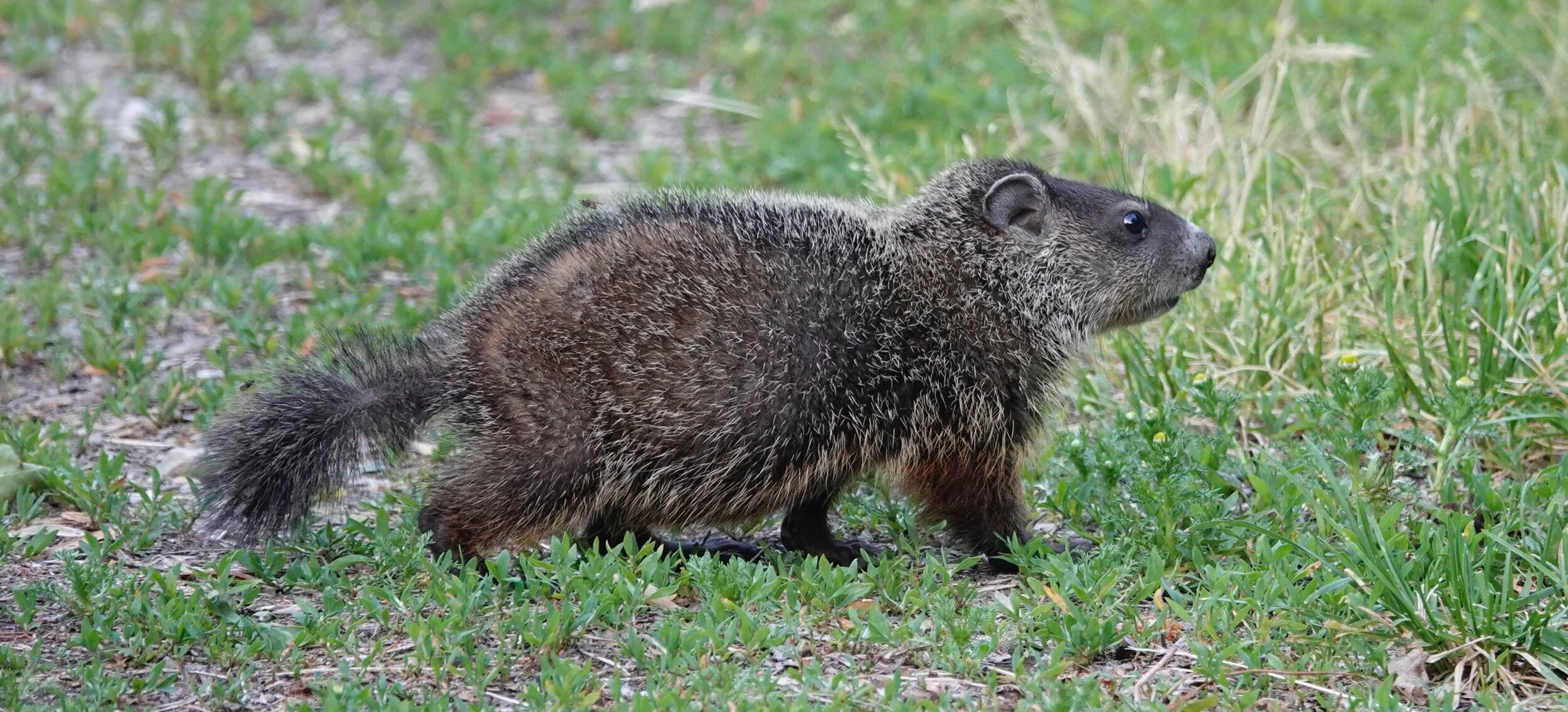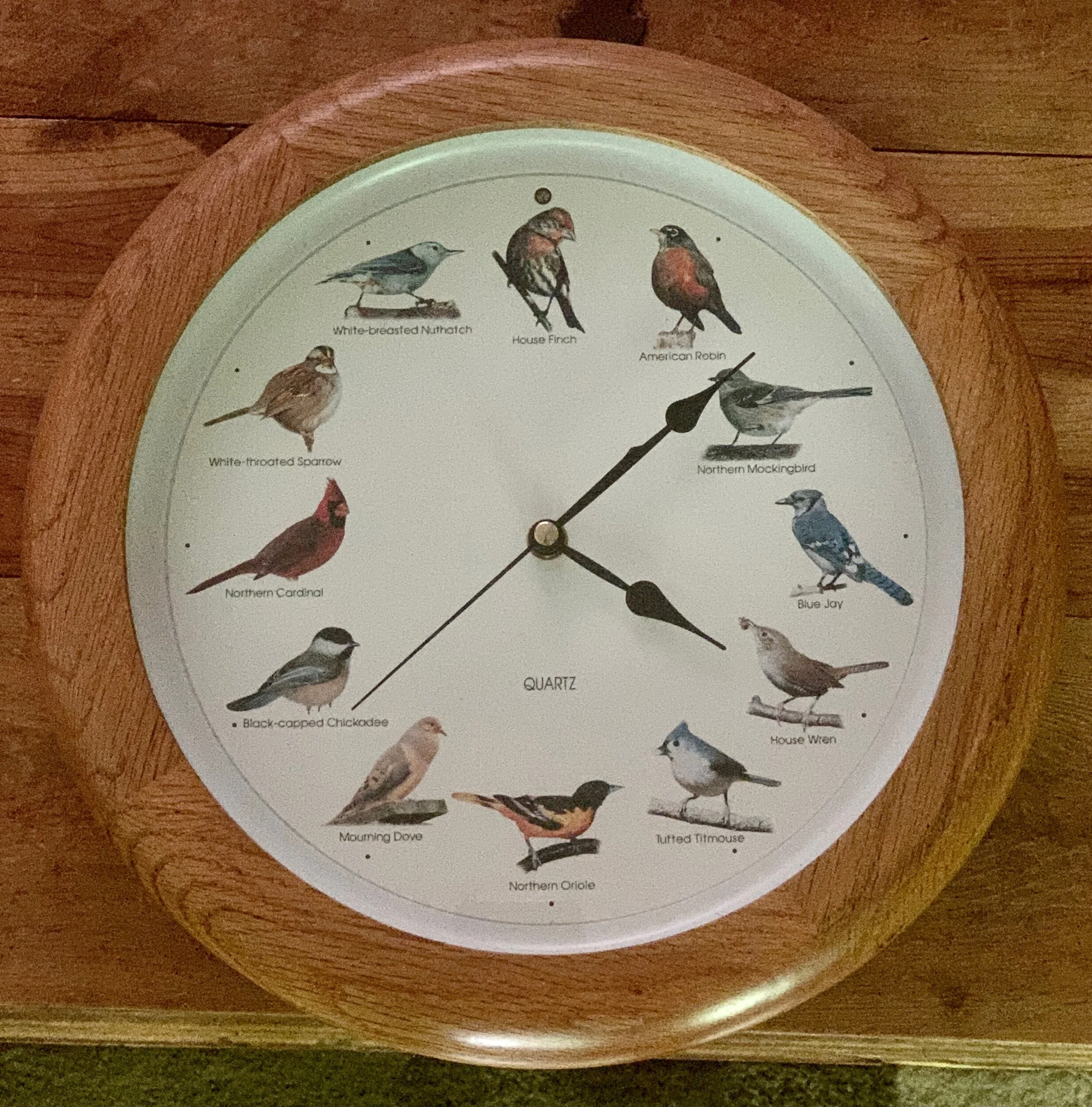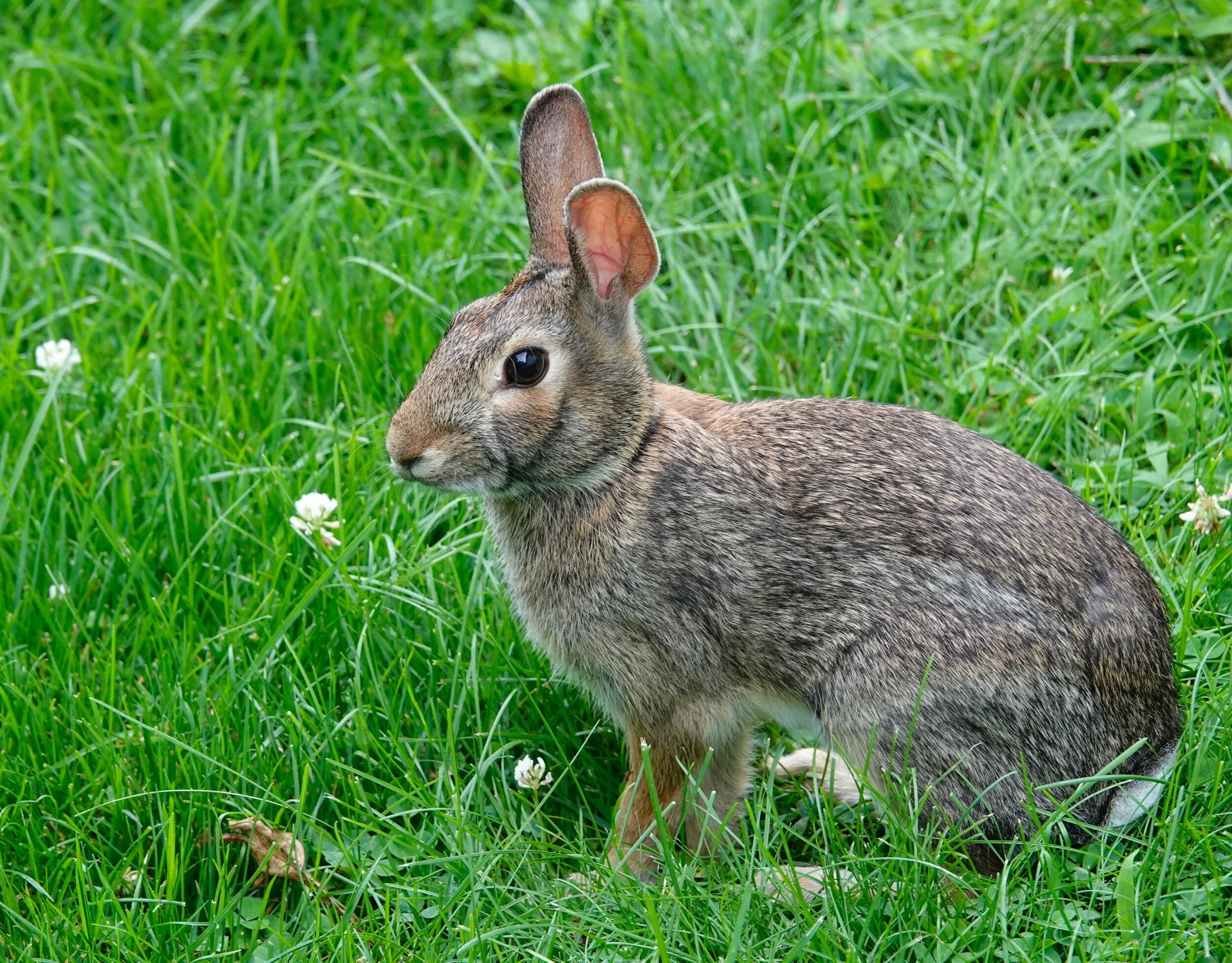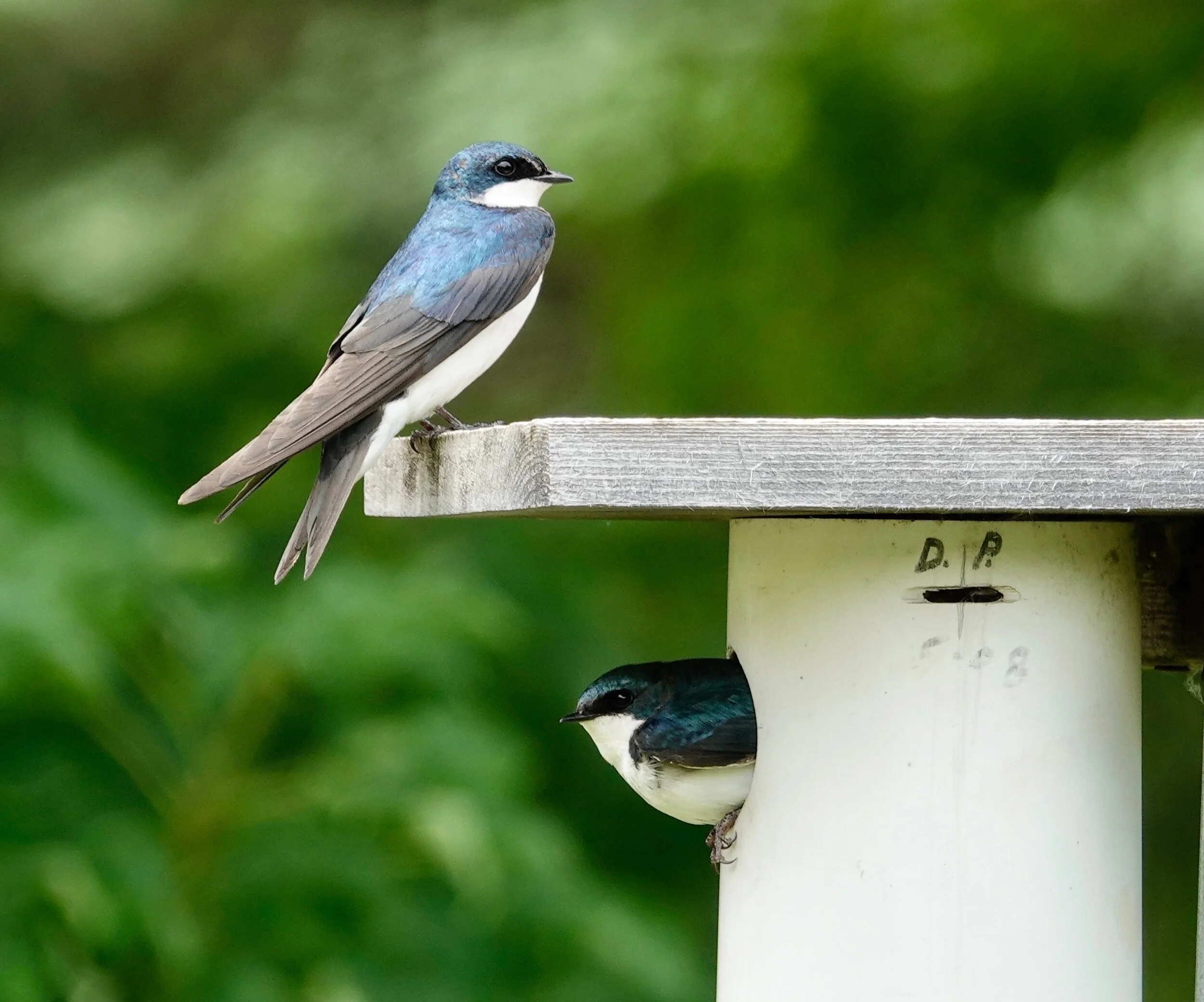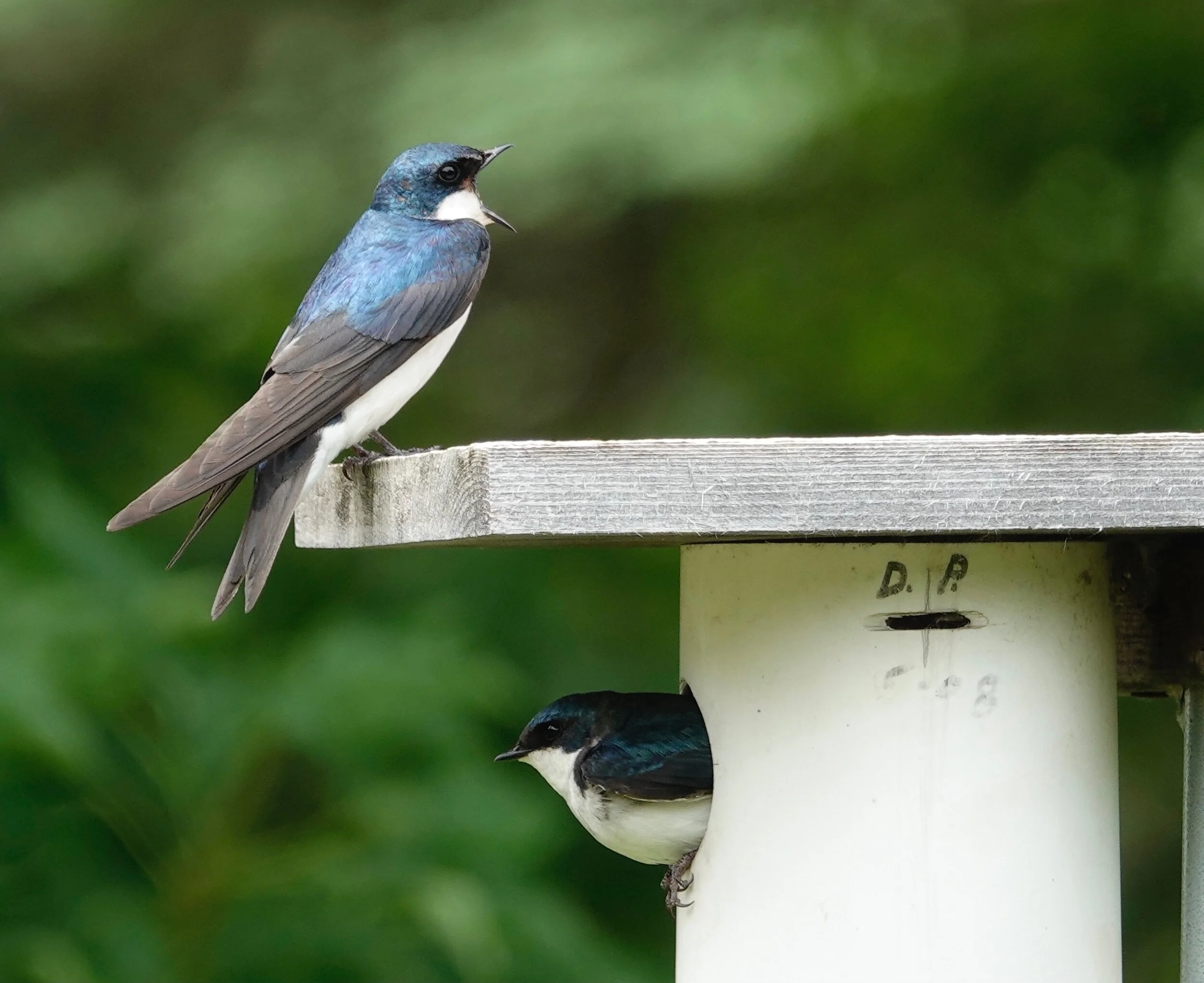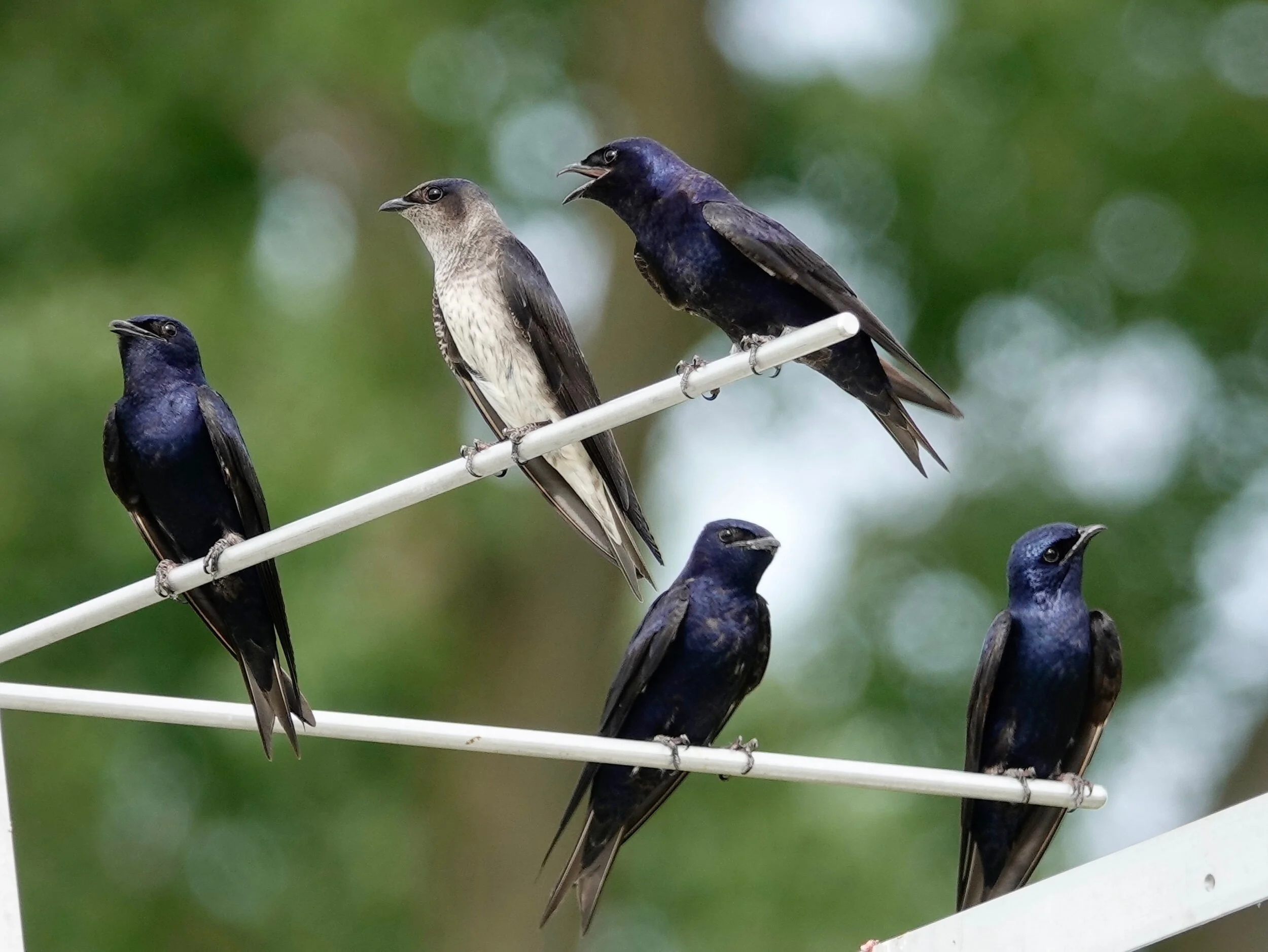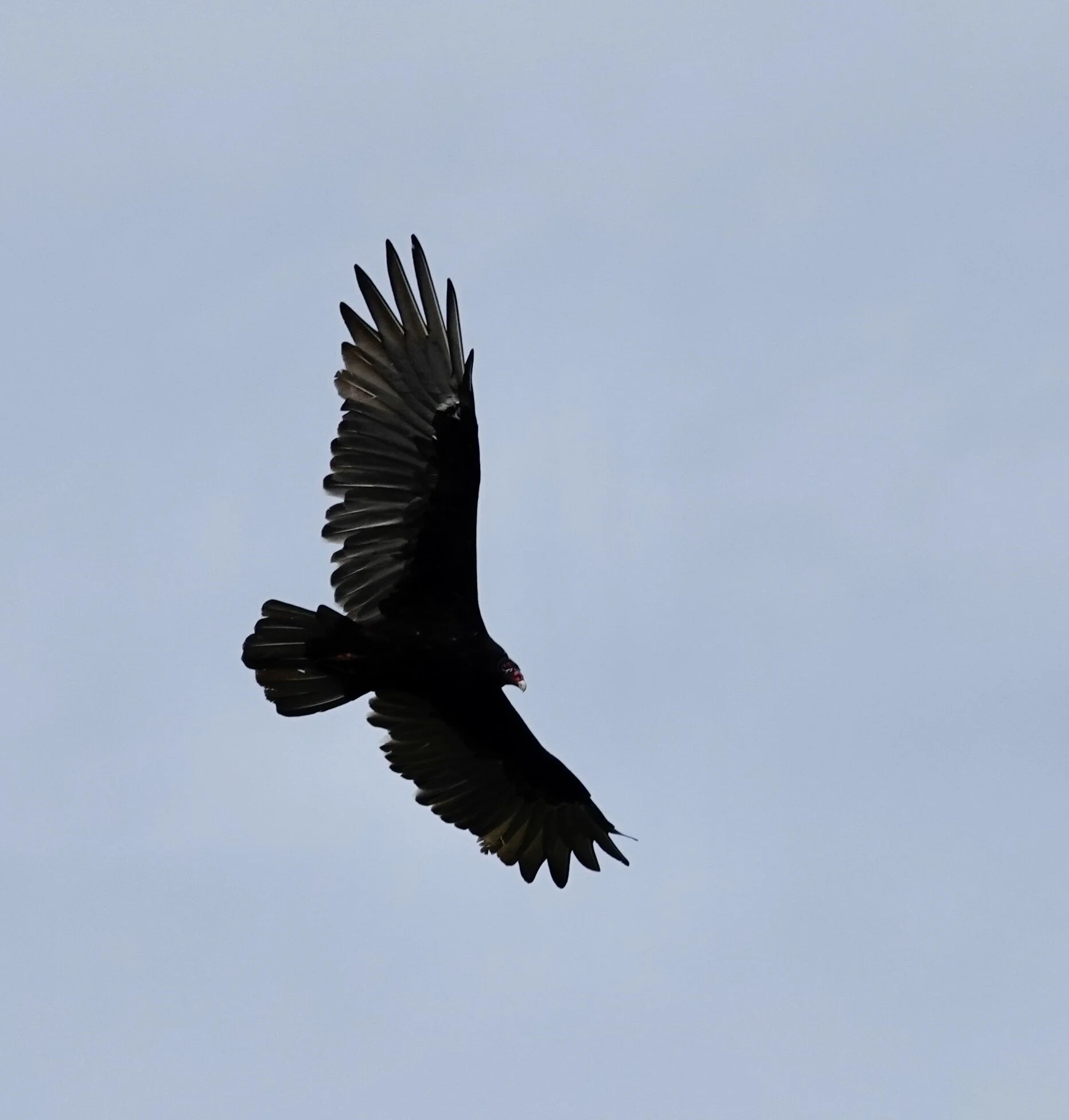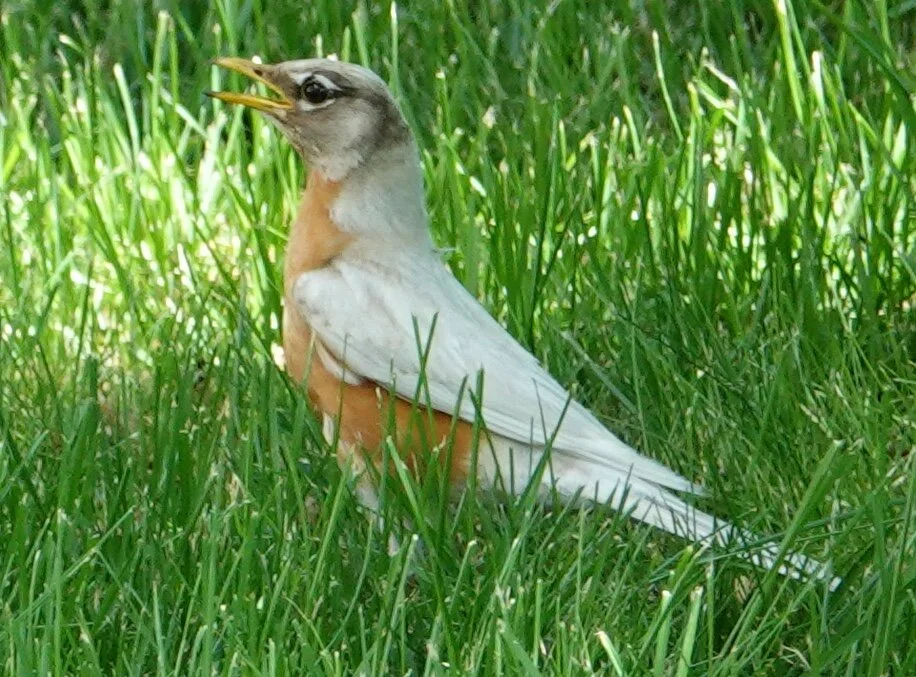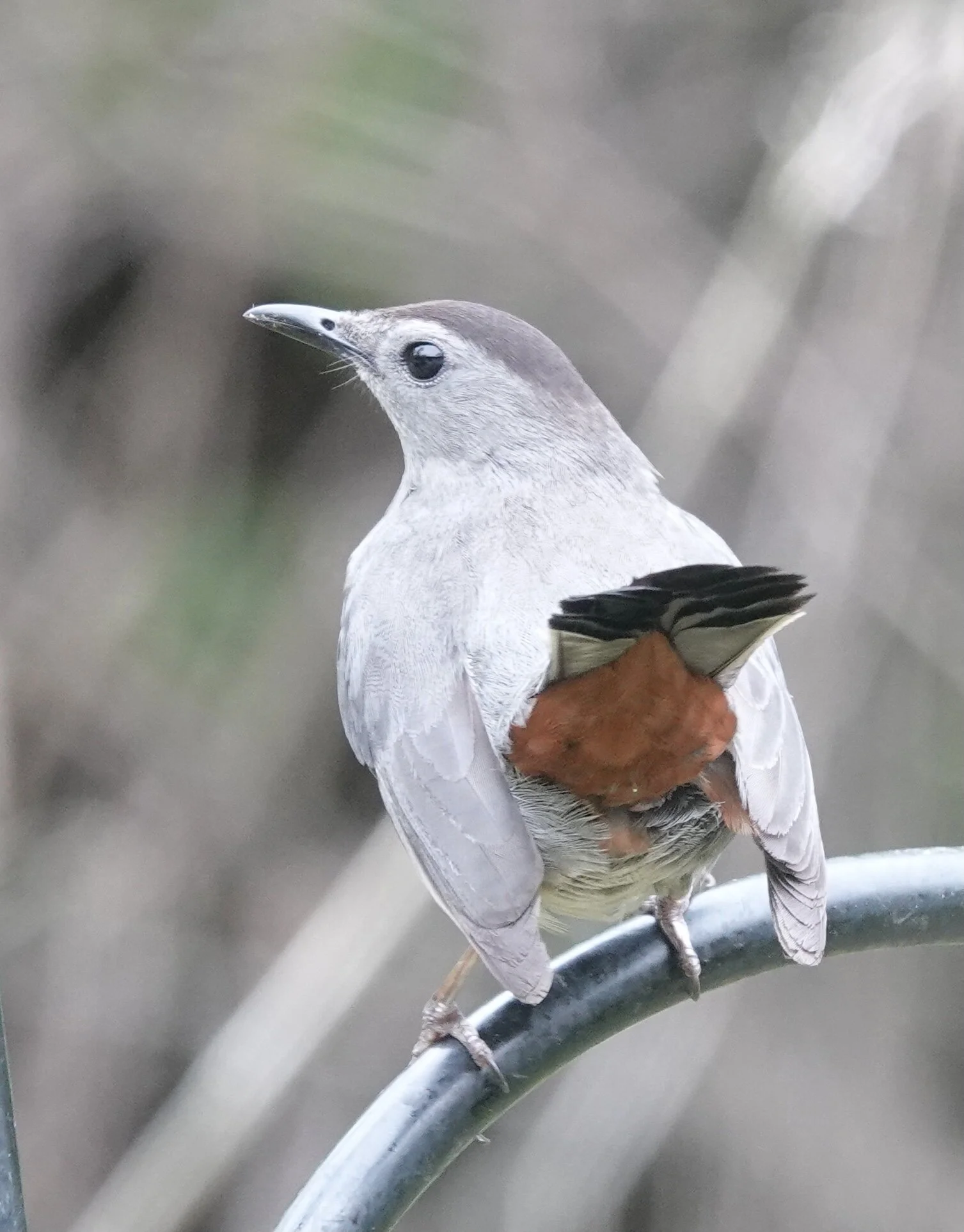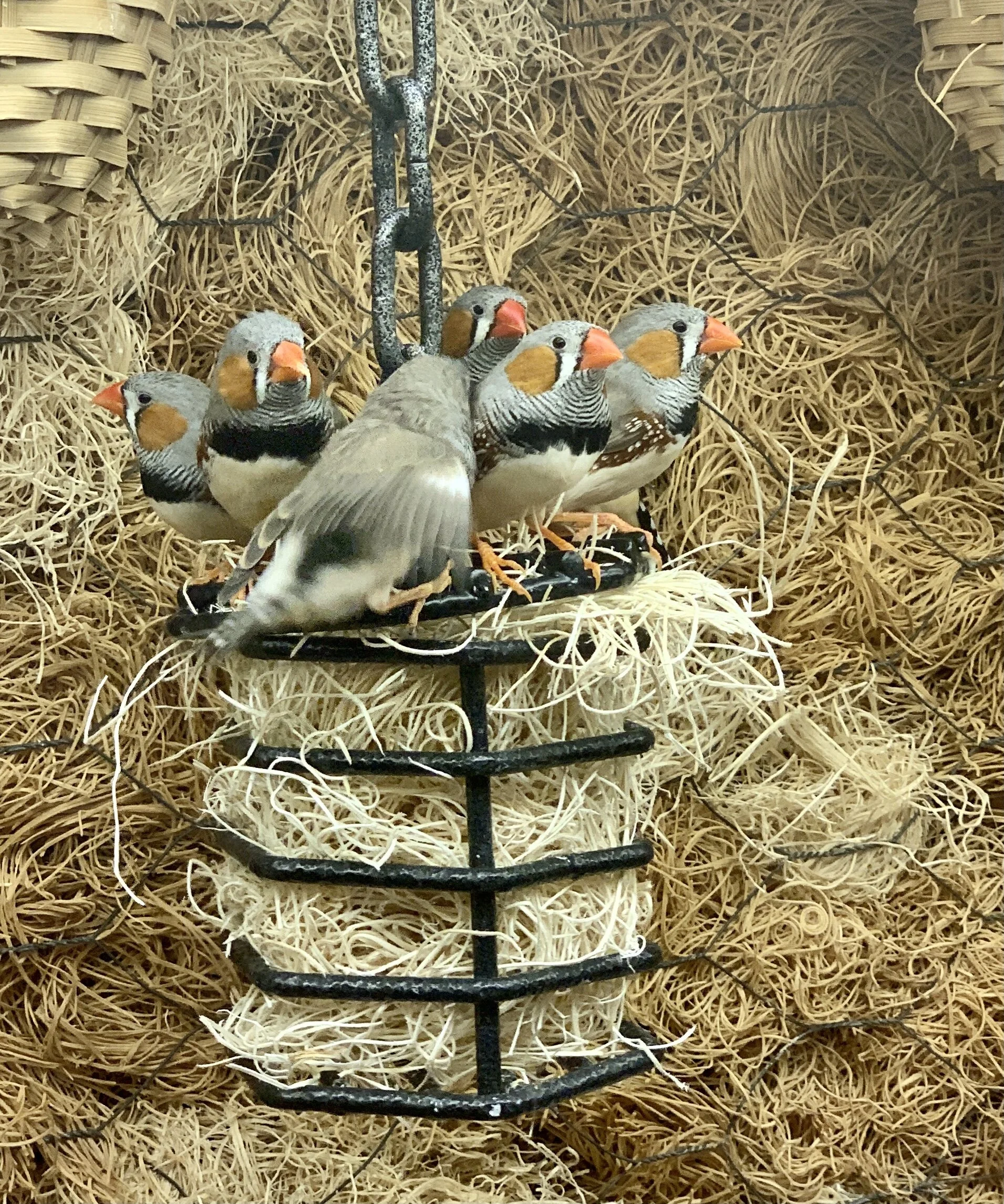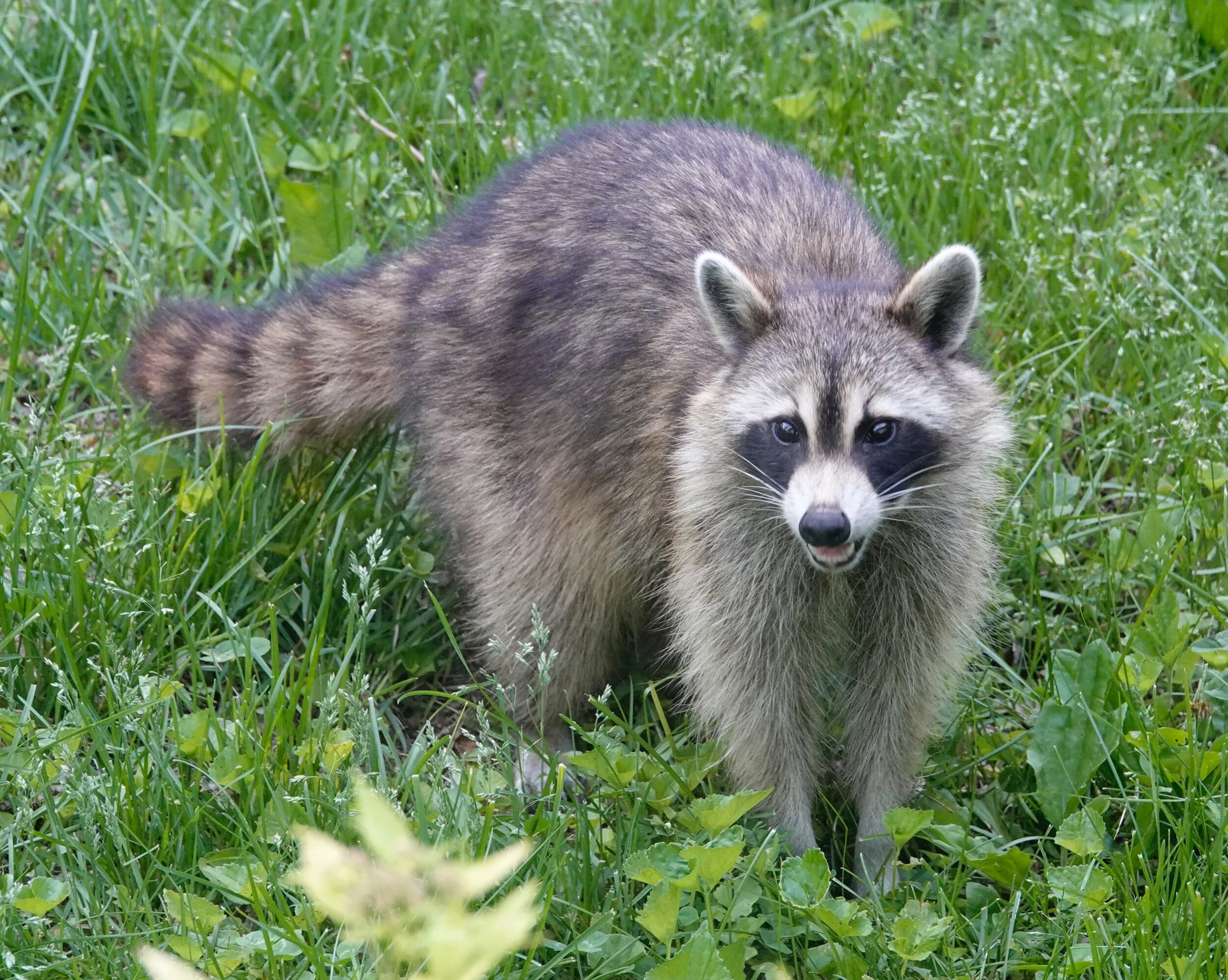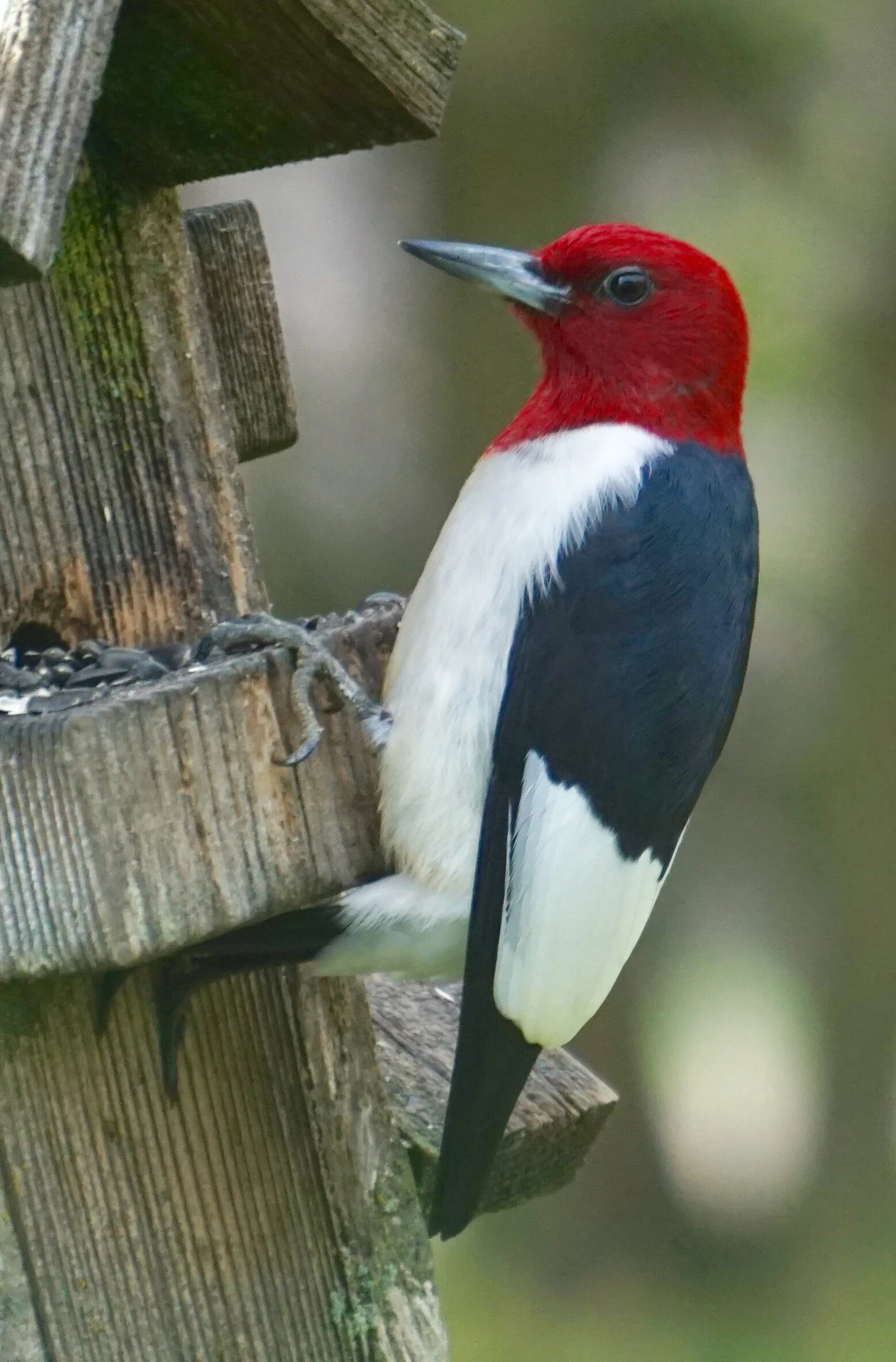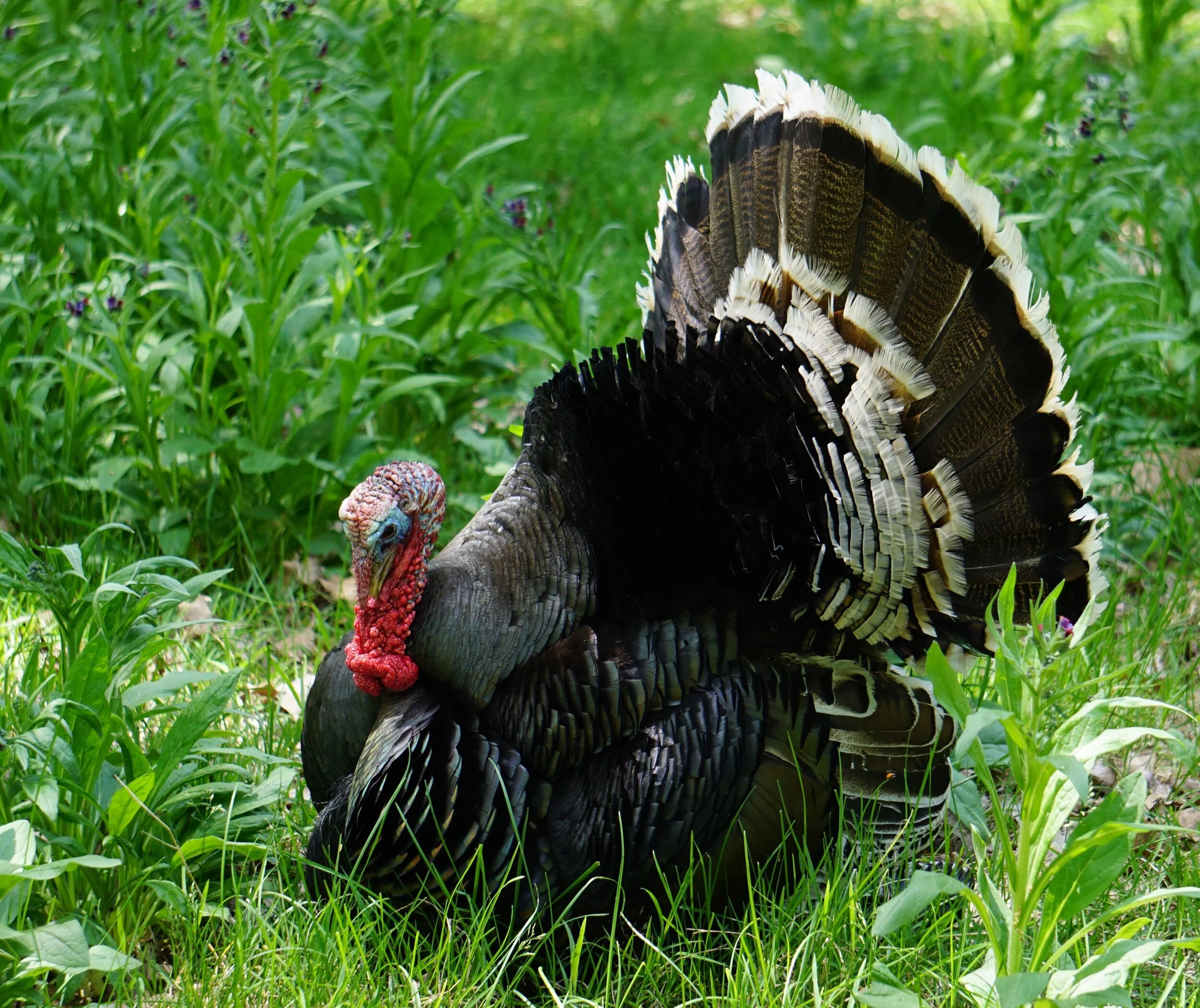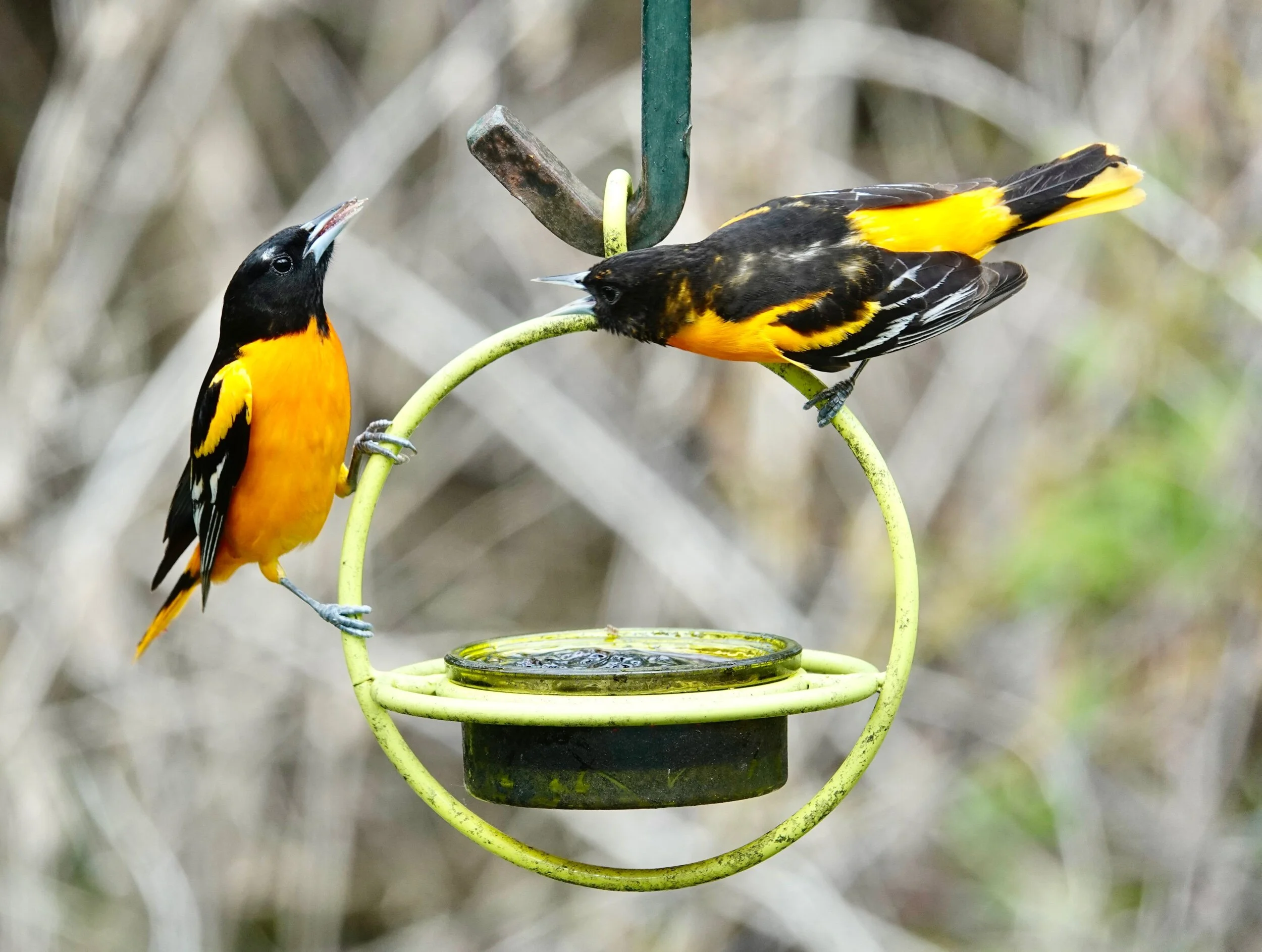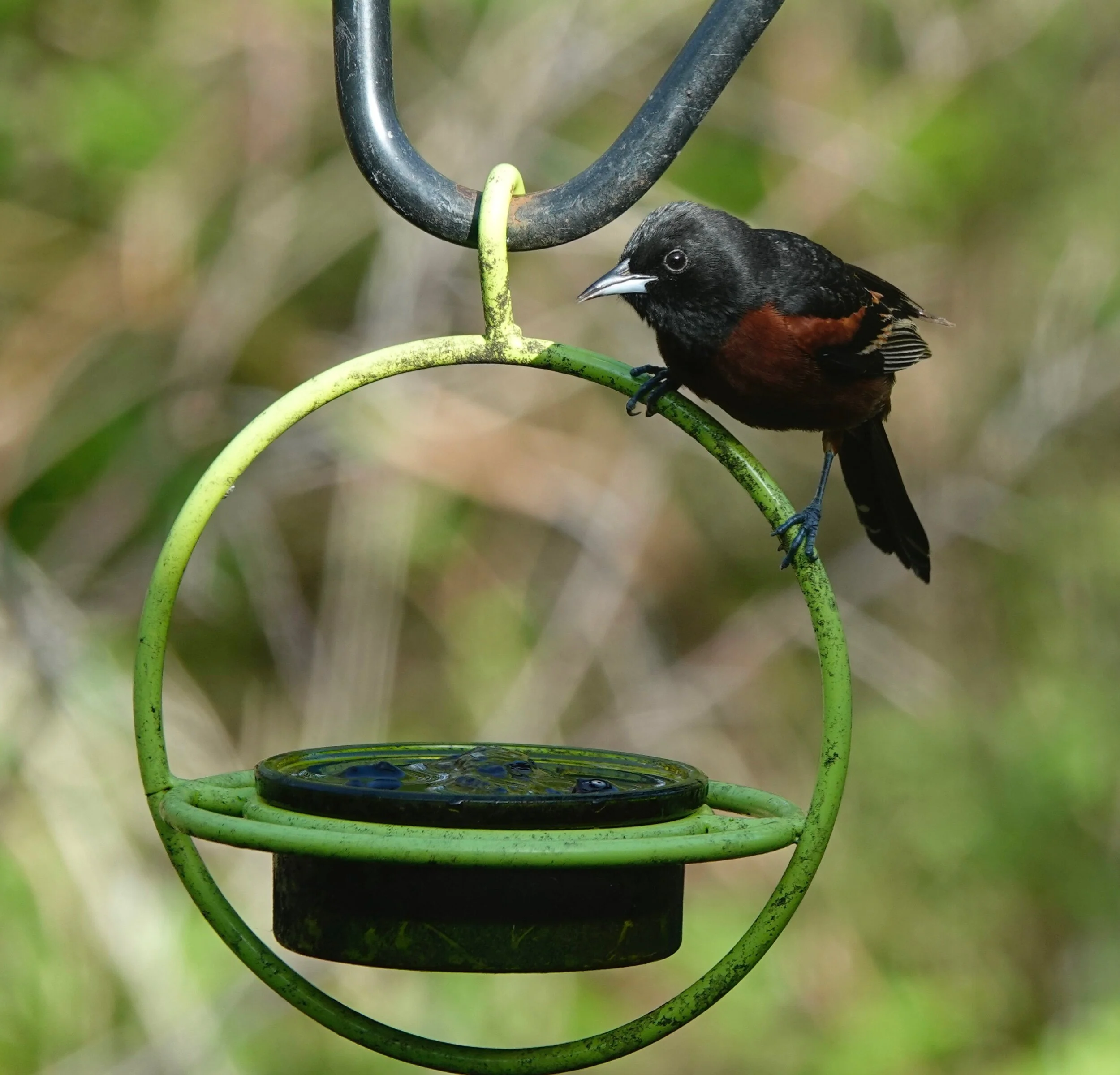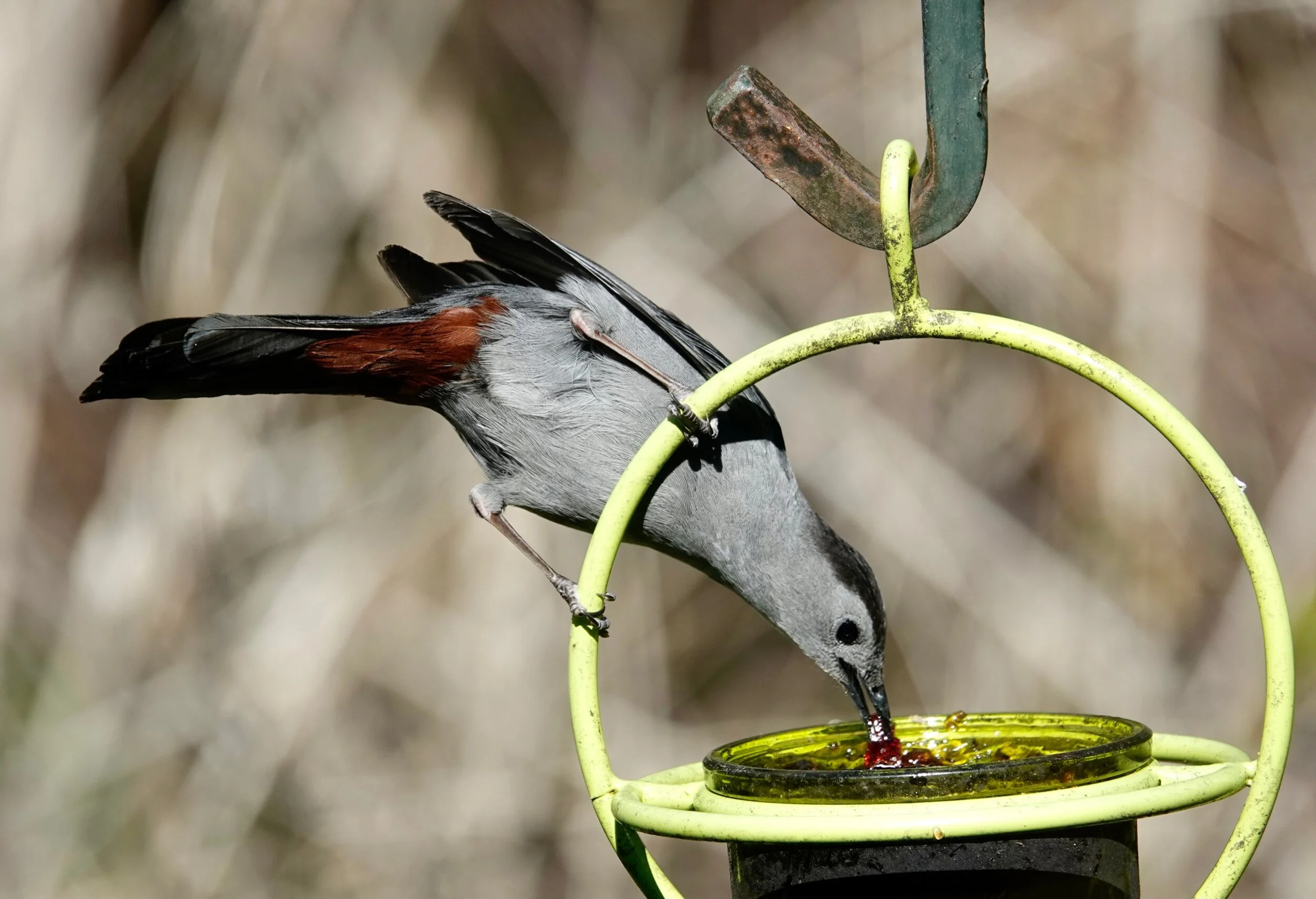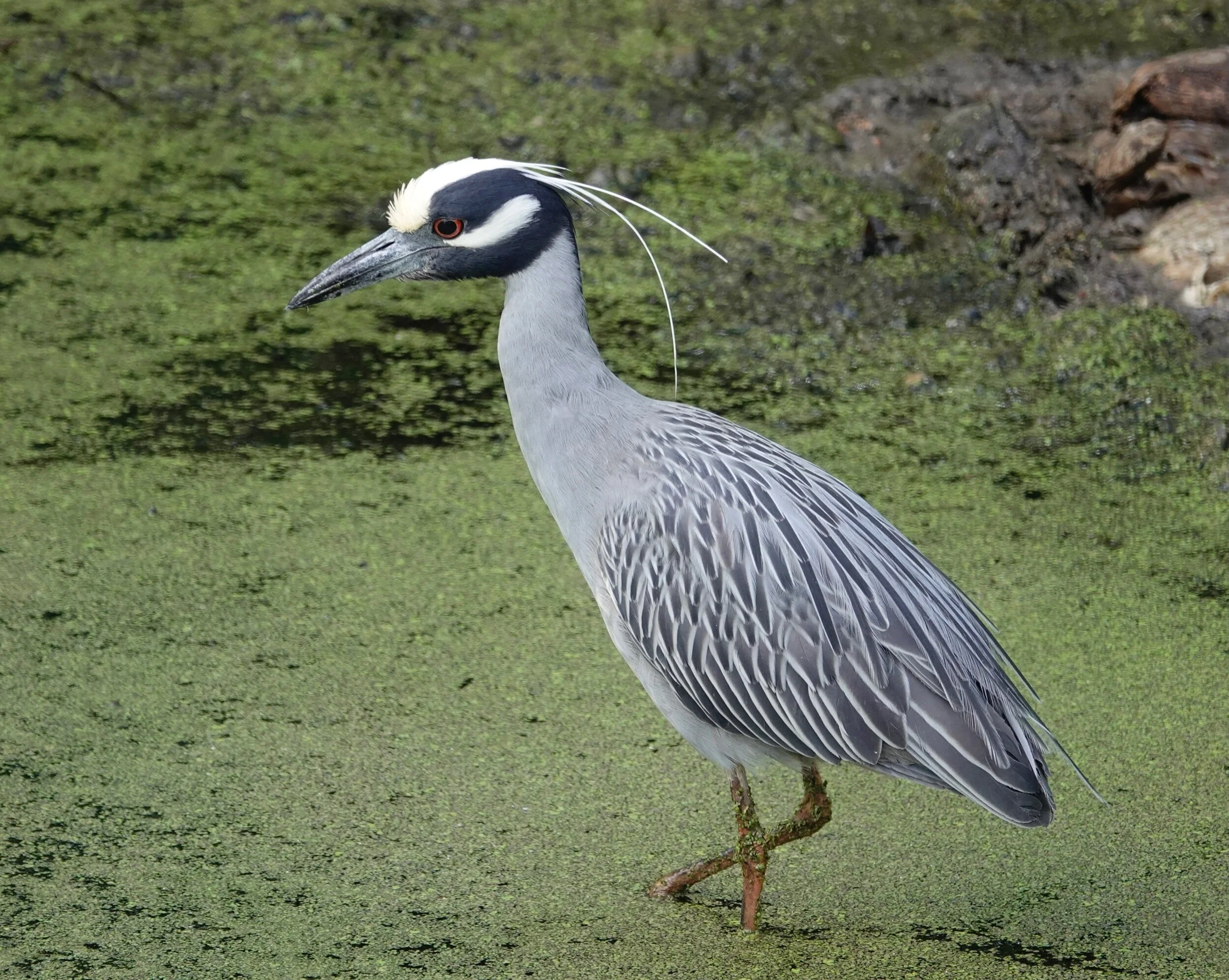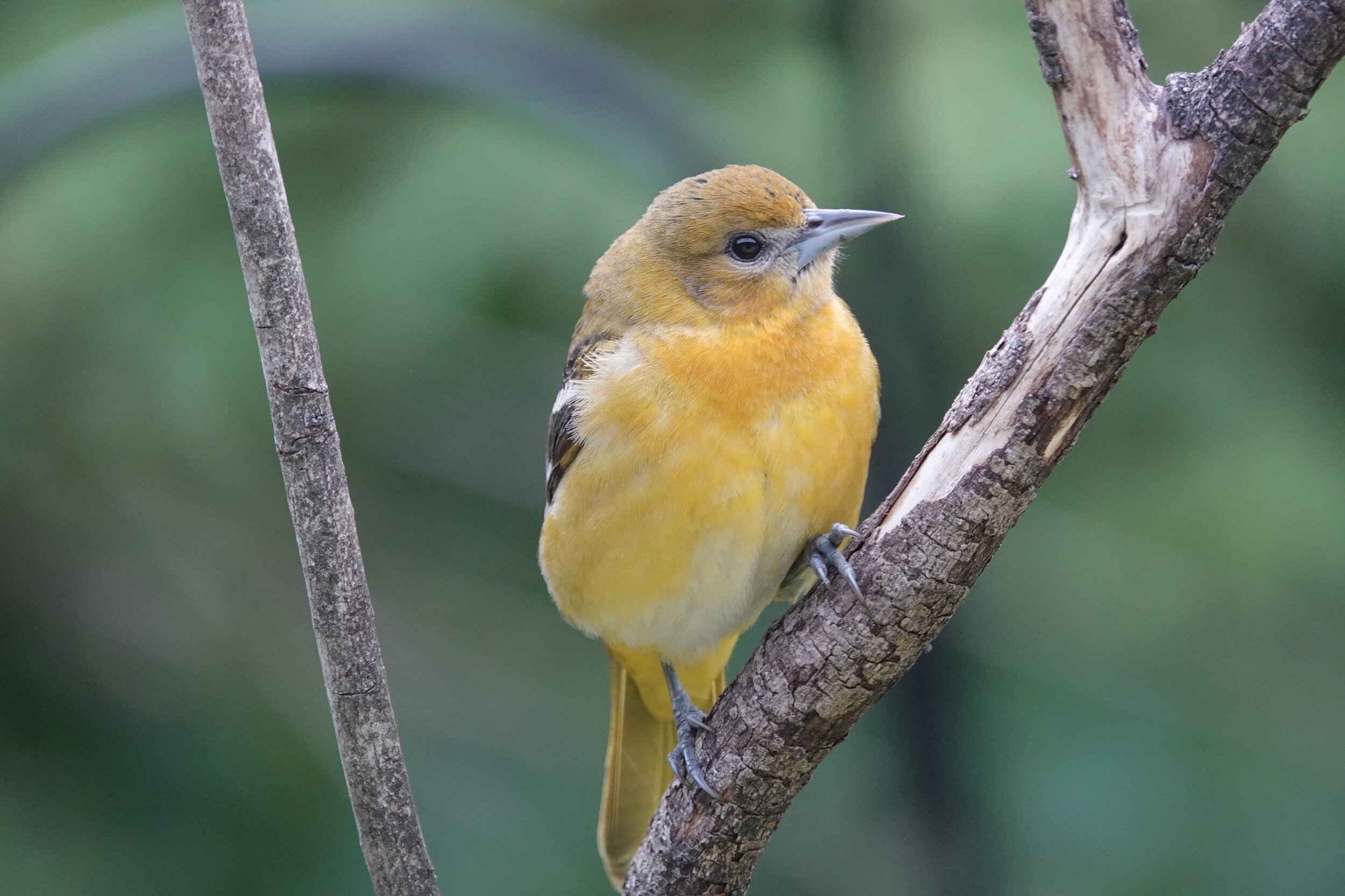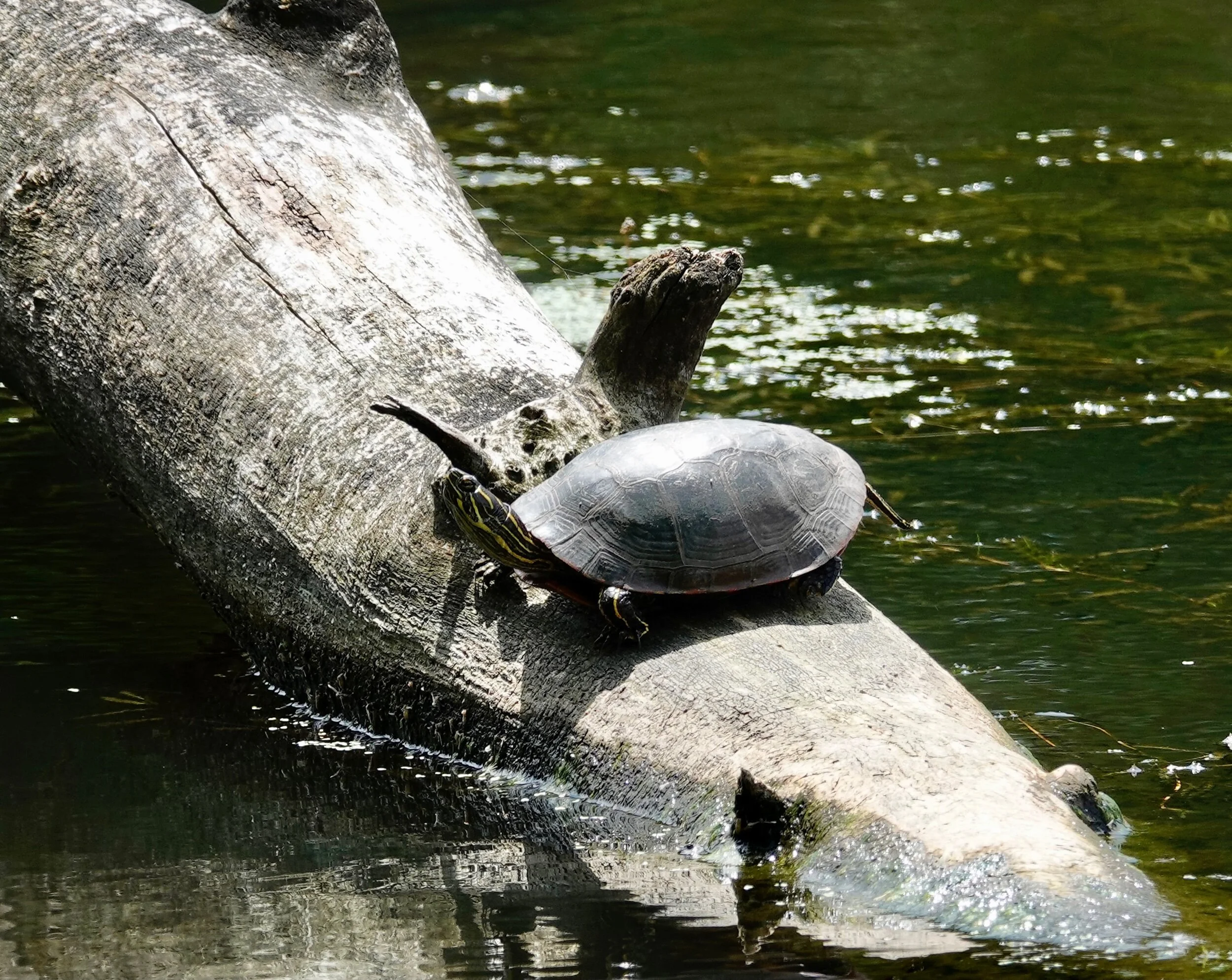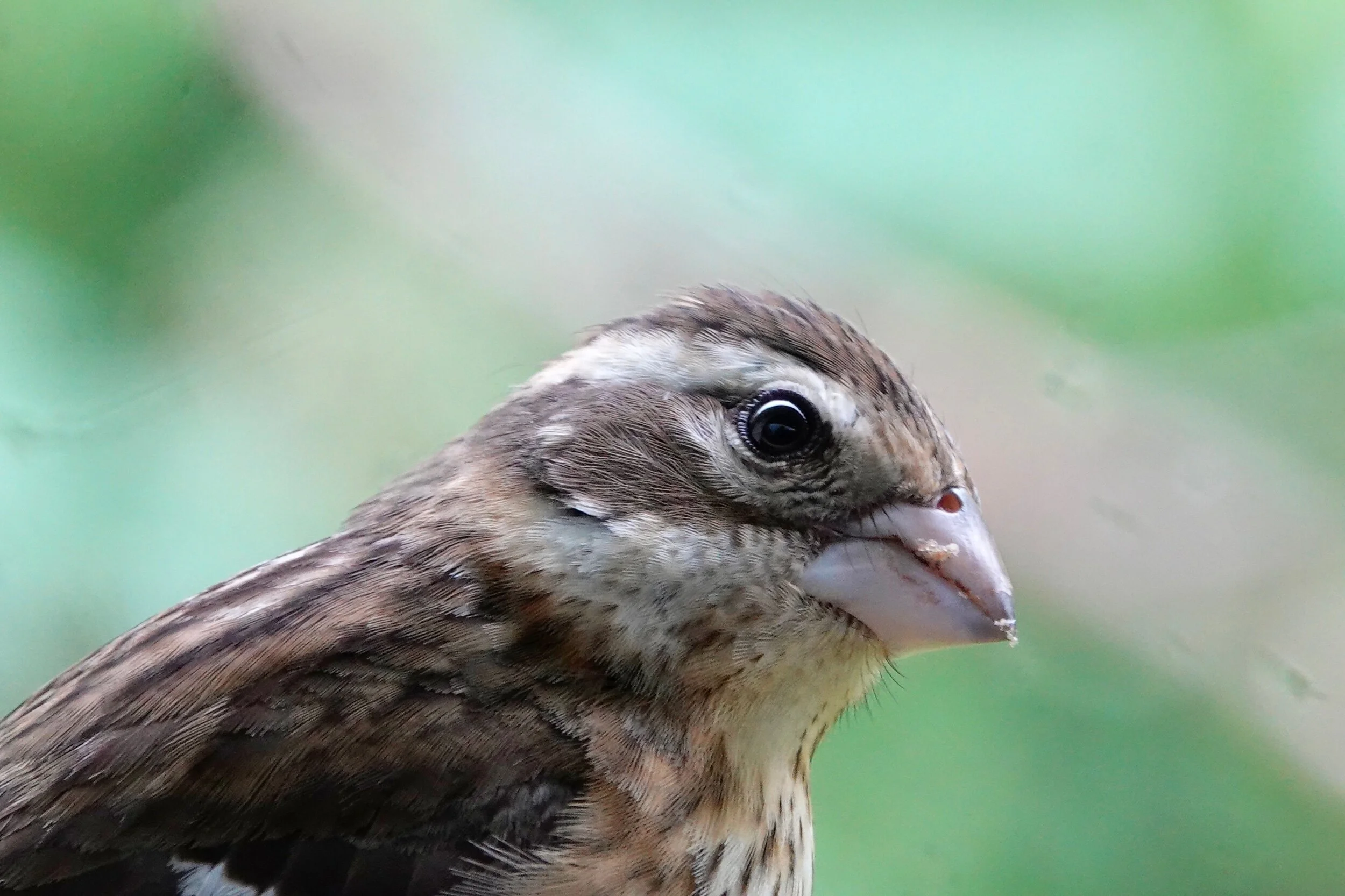Naturally
I walked across the yard, moving past the named and the nameless. I saw a professional squirrel had moved with ease past obstacles meant to keep it from a feeder. A red-winged blackbird male at a feeder displayed bling on his wing.
Brown thrashers put the world in tune with this long-winded song: "Plant a seed, plant a seed, bury it, bury it, cover it up, cover it up, let it grow, let it grow, pull it up, pull it up, eat it, eat it. Hello, hello. Yes, yes, yes. Who is this? Who is this? Well, well, well, I should say, I should say. How's that? How's that? I don't know, I don't know. What did you say? What did you say? Certainly, certainly. Well, well, well. Not that I know of, not that I know of. Tomorrow? Tomorrow? I guess so, I guess so. All right, all right. Goodbye, goodbye."
As I gathered sticks I saw a Baltimore oriole build a nest. It was quite a divertissement. An oriole takes up to 12 days to weave a nest, but most are completed within a week. I filled the grape jelly feeder because an oriole has a sweet beak.
Pearl crescent, mourning cloak and mid-May monarchs were butterflies dancing in the wind. The monarchs return at about the same time each year. Their migration is determined by day length, temperature and host plant quality.
Goat's-beard (salsify) might be found in every county in Minnesota. Its blossom and seedhead are similar to the dandelion but much larger. Its 1-3 foot tall flowering stems are seen in grassy areas along roadside ditches.
Q&A
“What ferns could I grow in my yard?” Maidenhair fern makes a dandy border with wild geranium or cranesbill (showy flowers and not invasive) and is deer-resistant. The fern has wiry stems and delicate, airy, green fronds that curve into a semi-circle. Ostrich fern, named for its similarity to ostrich feathers, is easy to grow in wet woodland locations, spreads slowly by rhizomes and is deer-resistant. Foragers seek the curled fronds, called fiddleheads, in early spring and prepare them like asparagus. Ostrich ferns have a celery-like, U-shaped stem. Sensitive fern fronds brown quickly after the first fall frost. Interrupted ferns prefer moist, rich, acidic soil, but adapt to drier soils and nearly full sun. The broad fronds are interrupted in the middle by spore-bearing leaflets. Lady ferns enjoy the company of wild ginger and Jack-in-the-pulpit, and all three are rabbit- and deer-resistant. Its name refers to its graceful, feminine appearance, the curved sori (clusters of spore-producing structures on the lower surface of leaves) that resemble a lady's eyebrow or the scales on the stem are like a woman's hairy legs.
“It looks like a bee but has short antennae. What is it?” There are around 450 bee species in Minnesota and of the nearly 900 species of flower flies in North America, most have yellow-and-black stripes and are excellent mimics of bees or wasps. They can’t sting, but looking like insects that can make predators avoid them.
“Were wood ducks nearly extinct?” By the late 1800s to early 1900s, extinction of the wood duck was imminent. Destruction of bottomland hardwood forests and market hunting were the two major factors that contributed to the species' decline. The species was given a standing eight-count, but in 1918, the Migratory Bird Treaty Act prohibited the hunting of wood ducks nationwide. Wood duck populations recovered, and seasons were reopened in 1941.
“Why do songbirds leave the nests so soon?” Predators have an easy time finding a nest full of loud baby birds and nests can be hotbeds of parasites. Parents work to get their young out of the nest as quickly as possible. The parents keep feeding the young after they’ve left the nest and the social-distancing young birds enhance their chance of survival.
“What can I feed mourning doves?” Cracked corn, white millet, sunflower seeds and safflower.
“How big is a bald eagle nest?” The typical nest is 4-5 feet in diameter. They show incredible nest fidelity, meaning the same pair returns to the same site and adds sticks as part of the pair-bonding, which produces gigantic nests, like the largest recorded bald eagle nest in St. Petersburg, Florida, which was 9.5 feet in diameter, 20 feet deep and weighed almost 6,000 pounds.
“Do cowbirds parasitize purple martin nests?” Cowbird females dump eggs into the nests of other birds for the nest owners to raise. They primarily parasitize the nests of birds that build open nests in the edges of woodlots and rarely enter nest cavities.
Thanks for stopping by
“You can't be suspicious of a tree, or accuse a bird or a squirrel of subversion or challenge the ideology of a violet.”—Hal Borland
“Every spring is the only spring, a perpetual astonishment.”—Ellis Peters
Do good.
©Al Batt 2021

